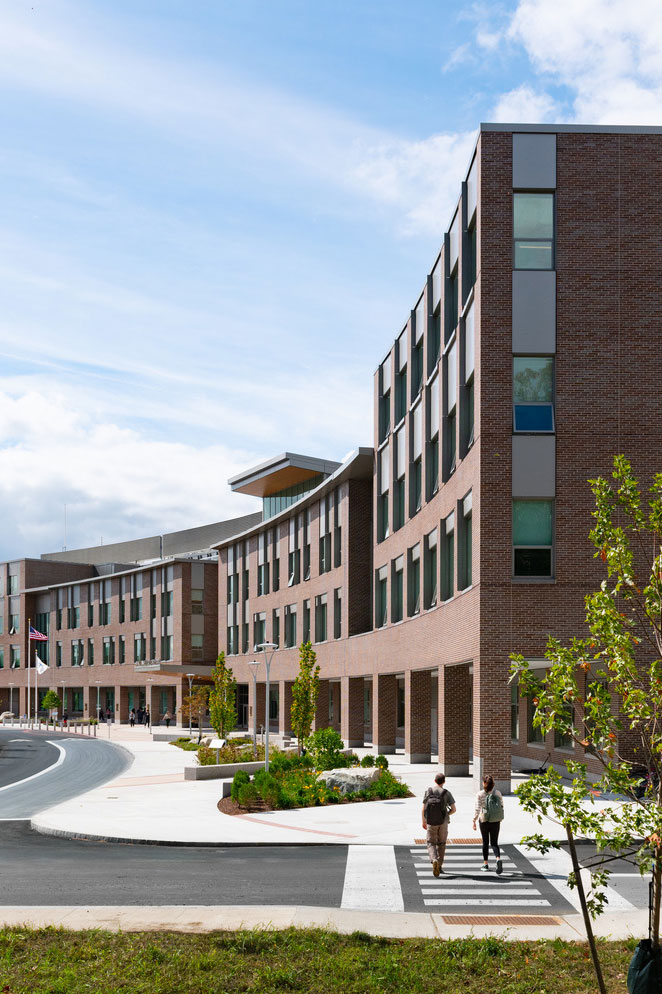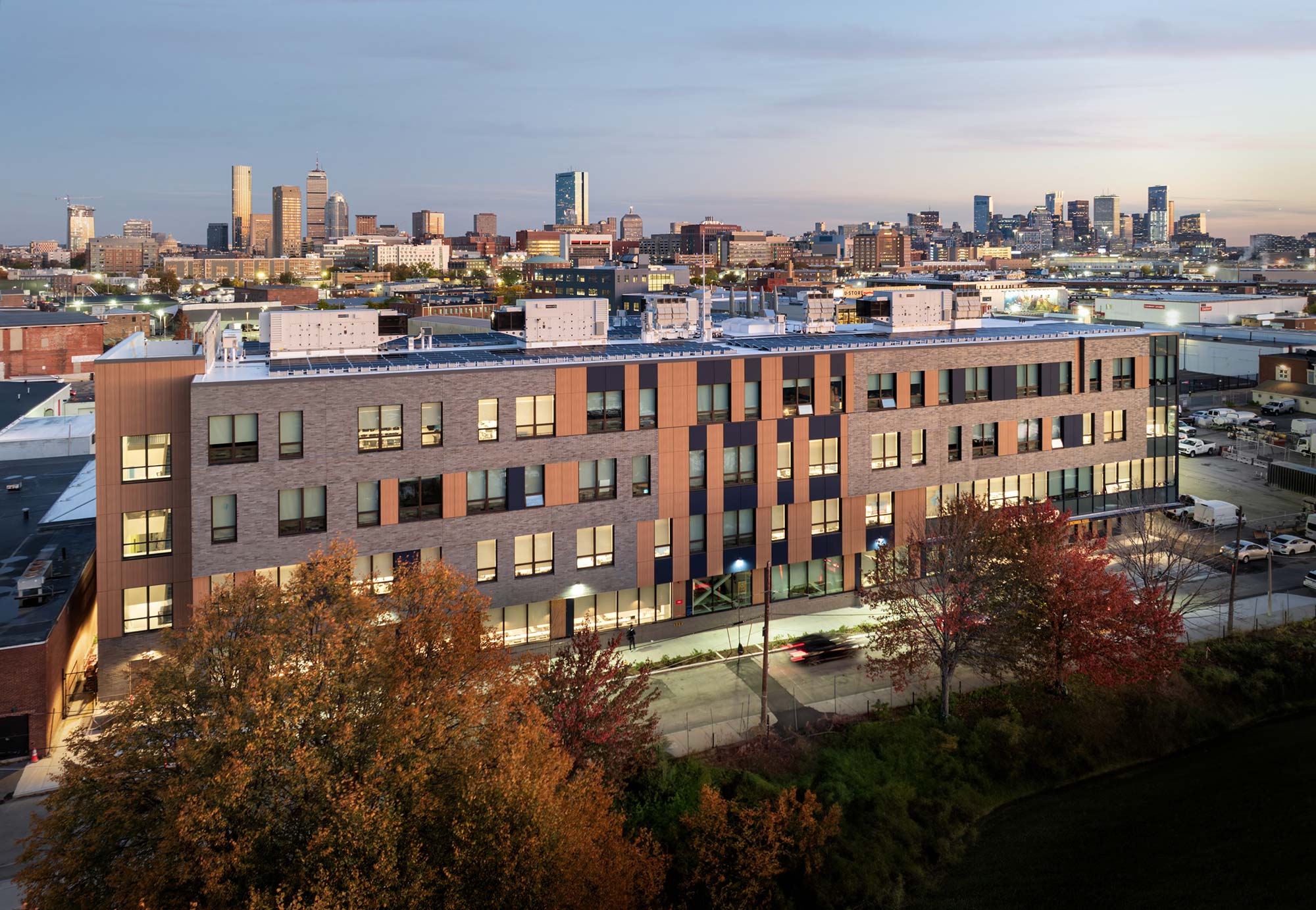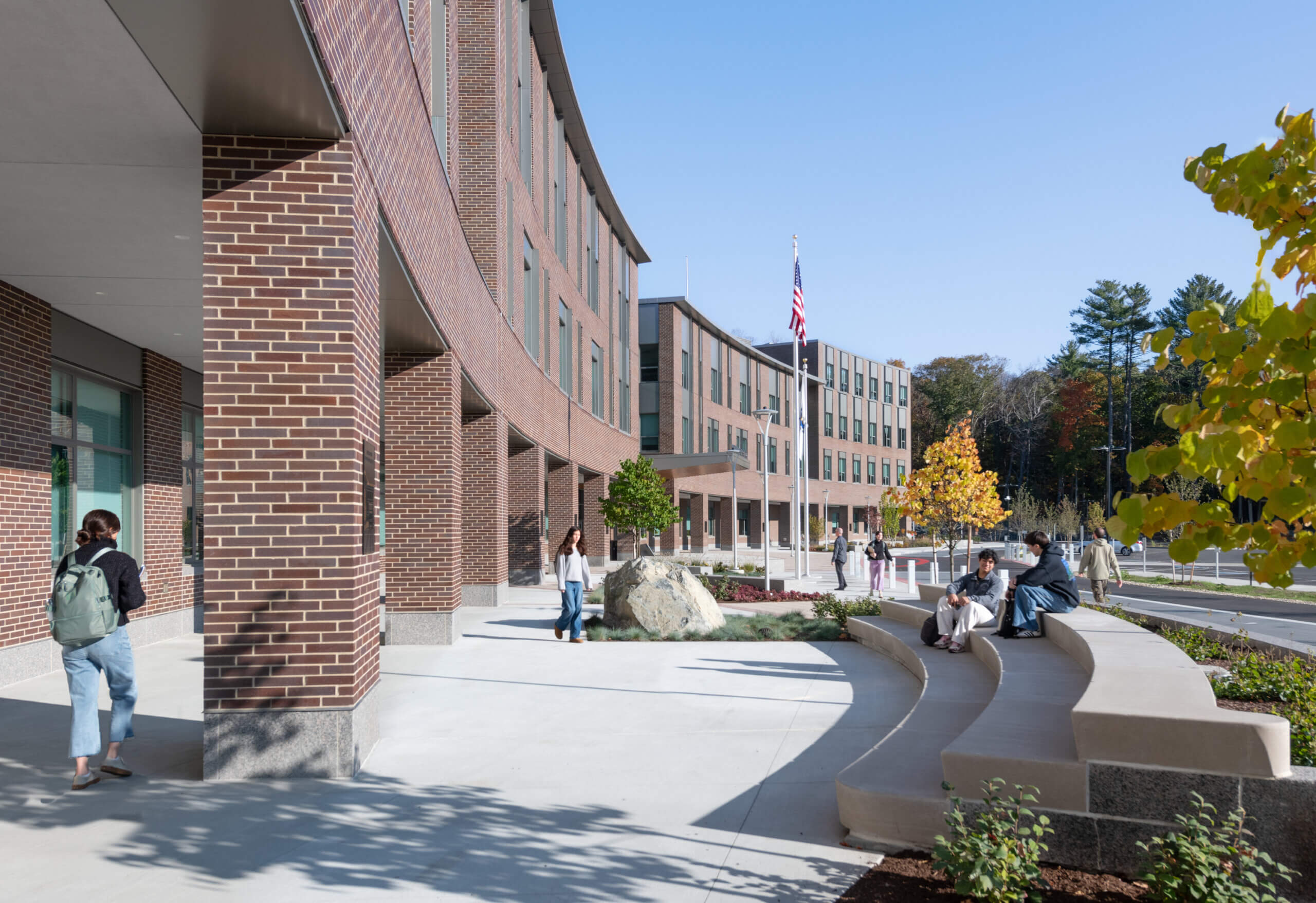
Student agency and wellness takes center stage.
Choosing from a broad array of academic and vocational programs can be a daunting task for any student. The design empowers students to take ownership of their learning experiences by optimizing for maximum spatial connectivity and transparency, encouraging them to explore, discover, and seek happiness in what may become their life’s work.
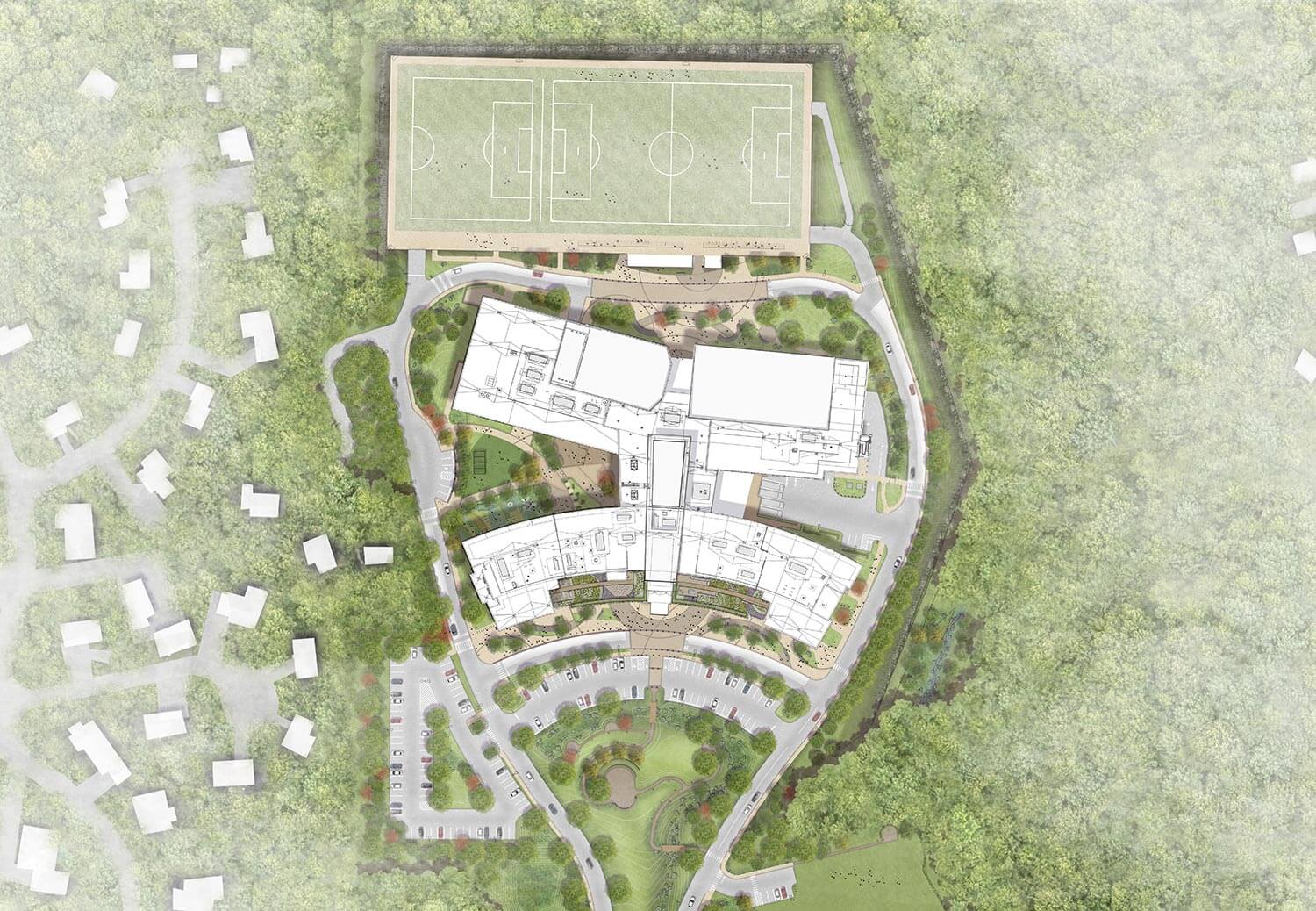
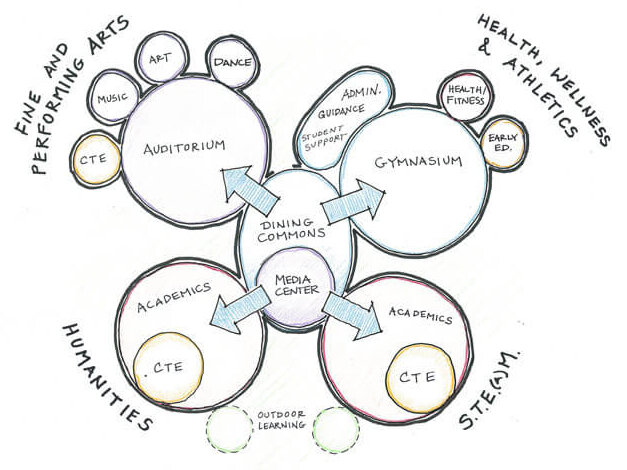
The school’s layout reflects its diverse curriculum. Four “learning clusters” extend from the school’s core: Humanities, STE(A)M, Fine and Performing Arts, and Health, Wellness, and Athletics. The clusters are connected by social gathering spaces.
At the scale of the building, the two-level dining commons and the third-floor media center act as the social and academic heart of the school, respectively. These spaces host formal and informal meetings and provide opportunities for collaboration, flexible learning, and group projects.
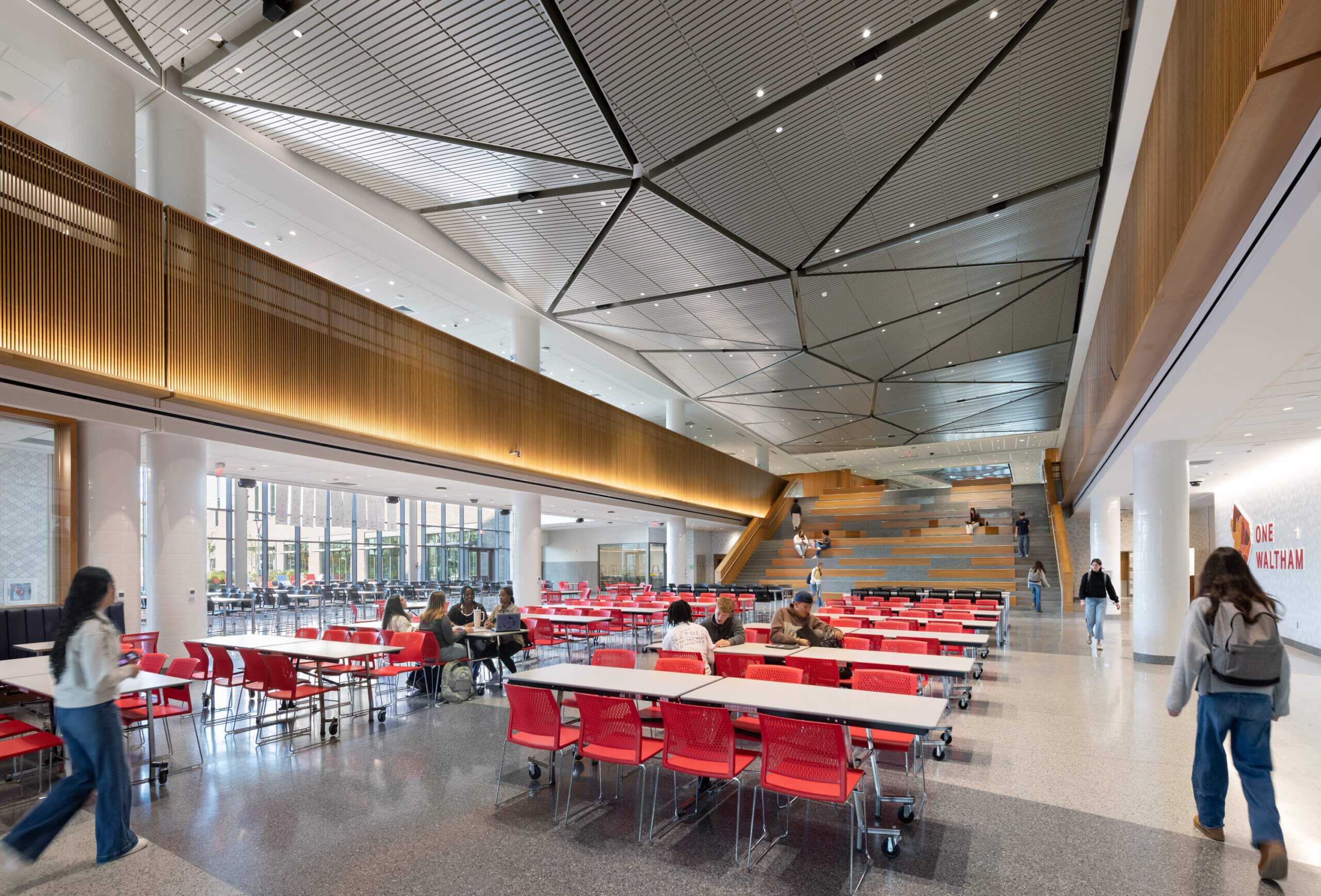
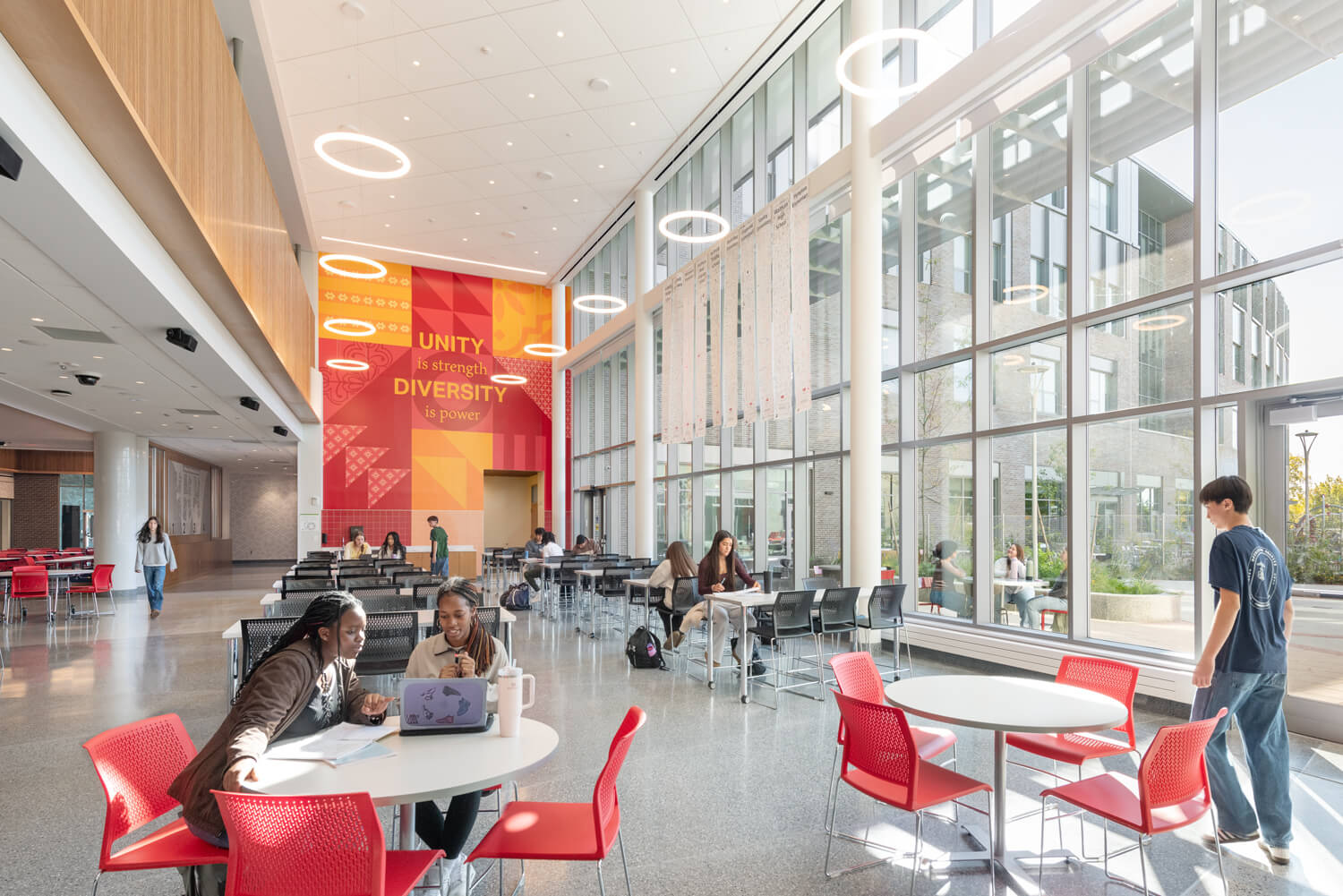
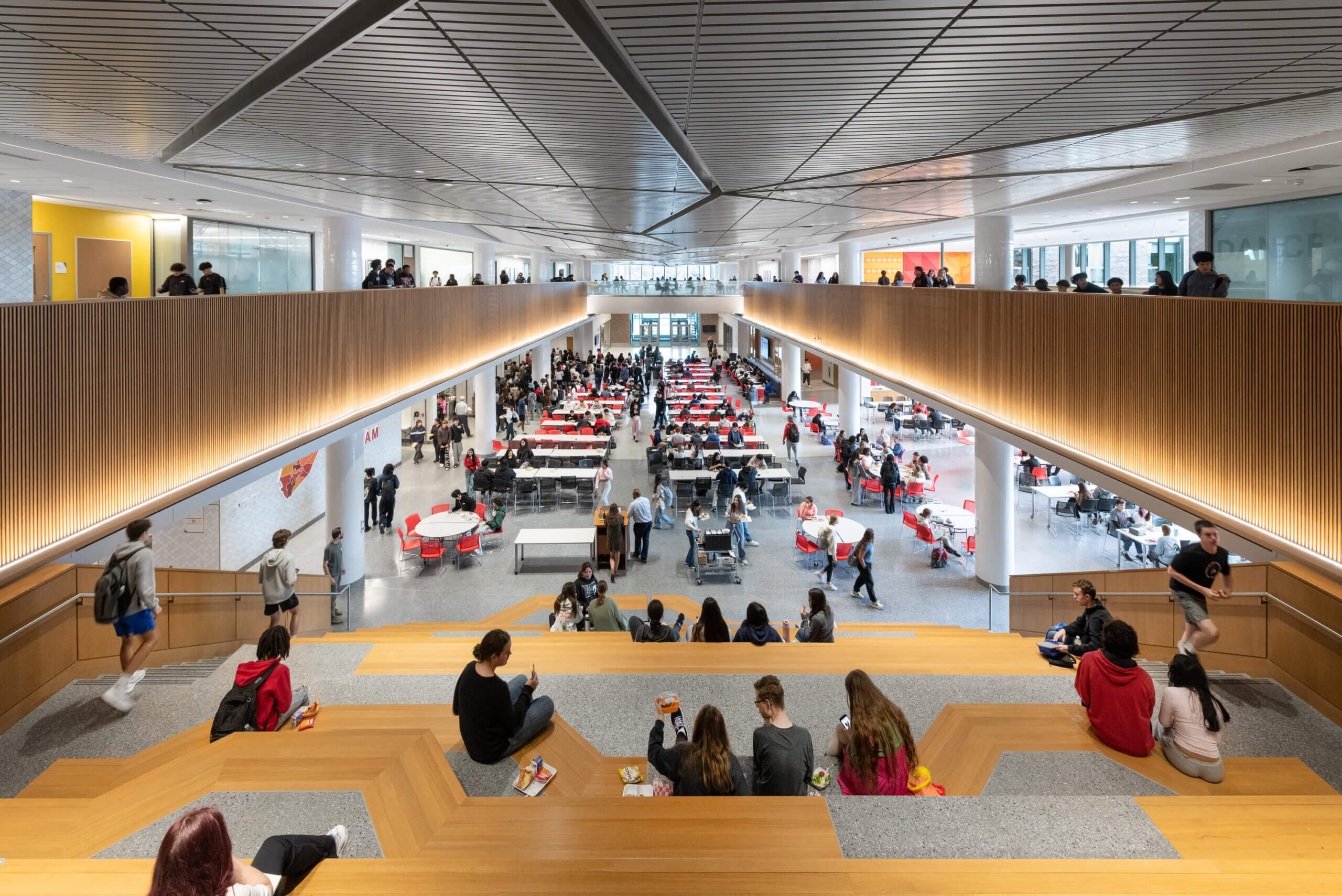
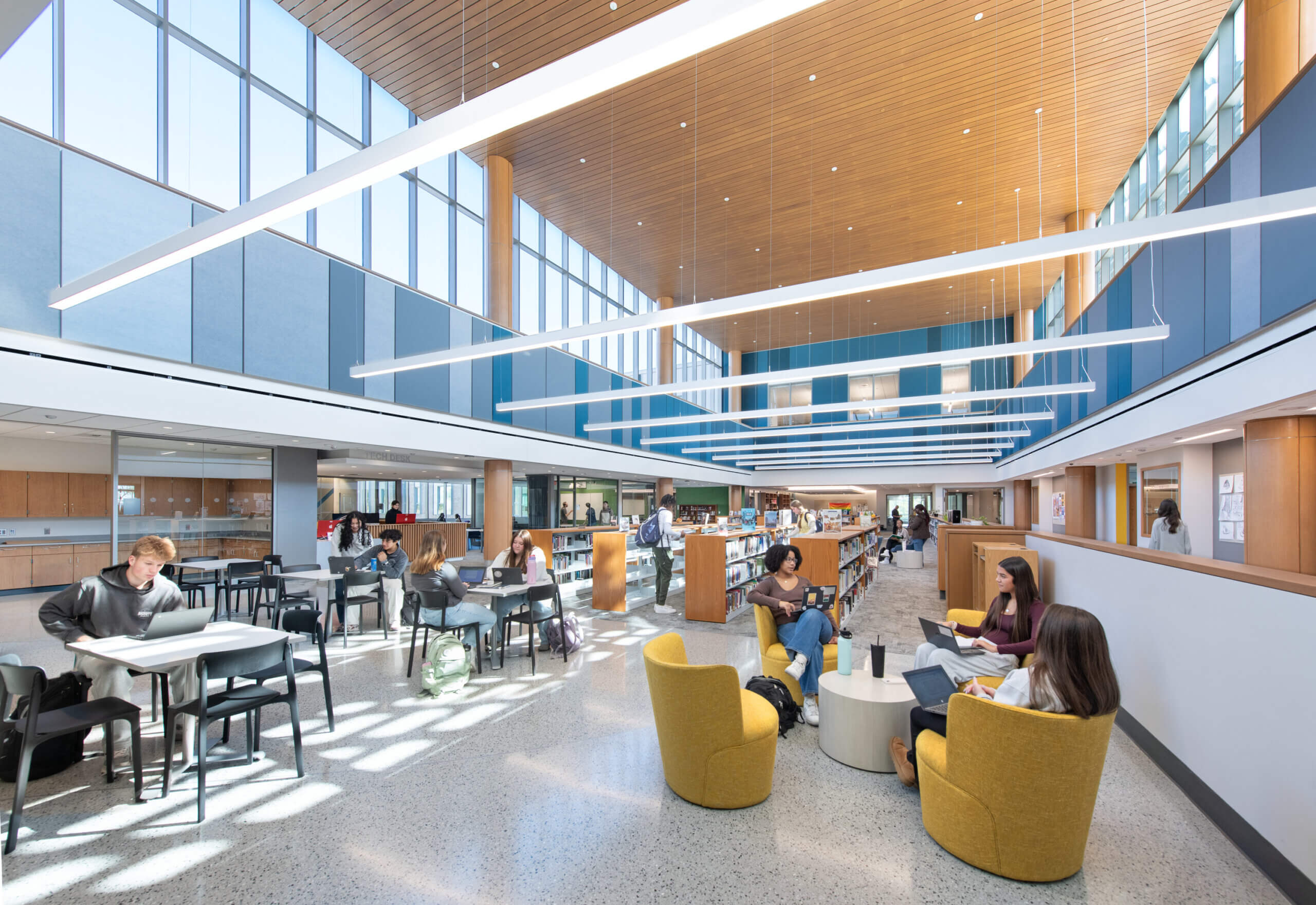
With multiple food service options beyond the dining commons, including a cafe in the media center, students can choose where to eat breakfast and lunch, boosting opportunities for chance encounters and collaboration.
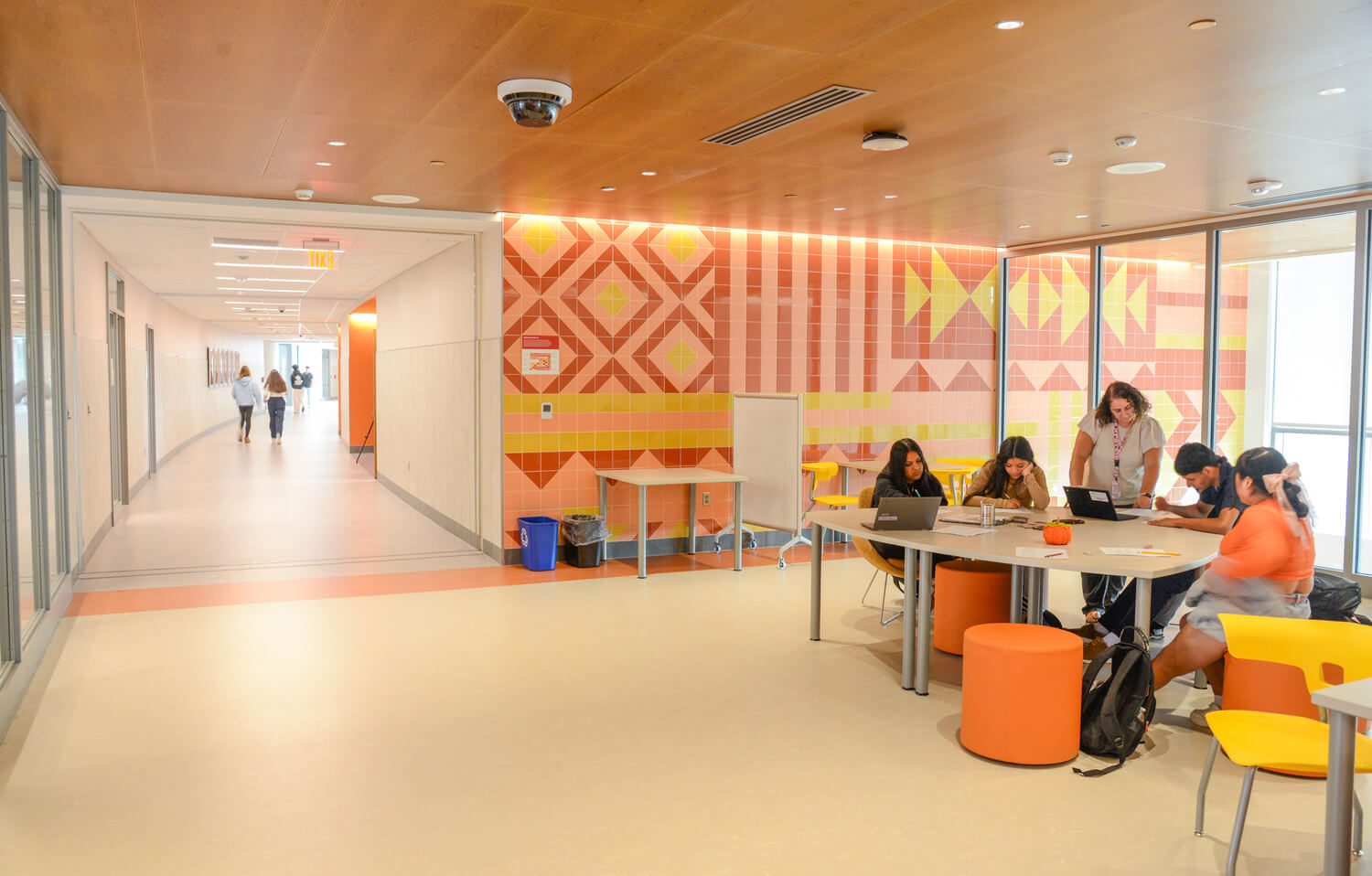
The Waltham community sought a clean break from the outdated “sage on the stage” design of the old school’s learning spaces.
Students First
|The new design takes a student-centered approach, embracing modern learning styles such as project-based learning and collaboration. These principles drove the design of cross-curricular academic and CTE spaces.
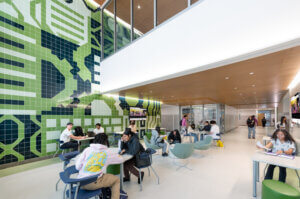
Math and arts classrooms, science labs, and teacher support spaces are organized around centrally located “hands-on” learning spaces including vocational labs. The Humanities and STE(A)M clusters form a curved bar, providing full integration of interdisciplinary learning environments. In the corridors, students can make use of light-filled collaboration spaces.
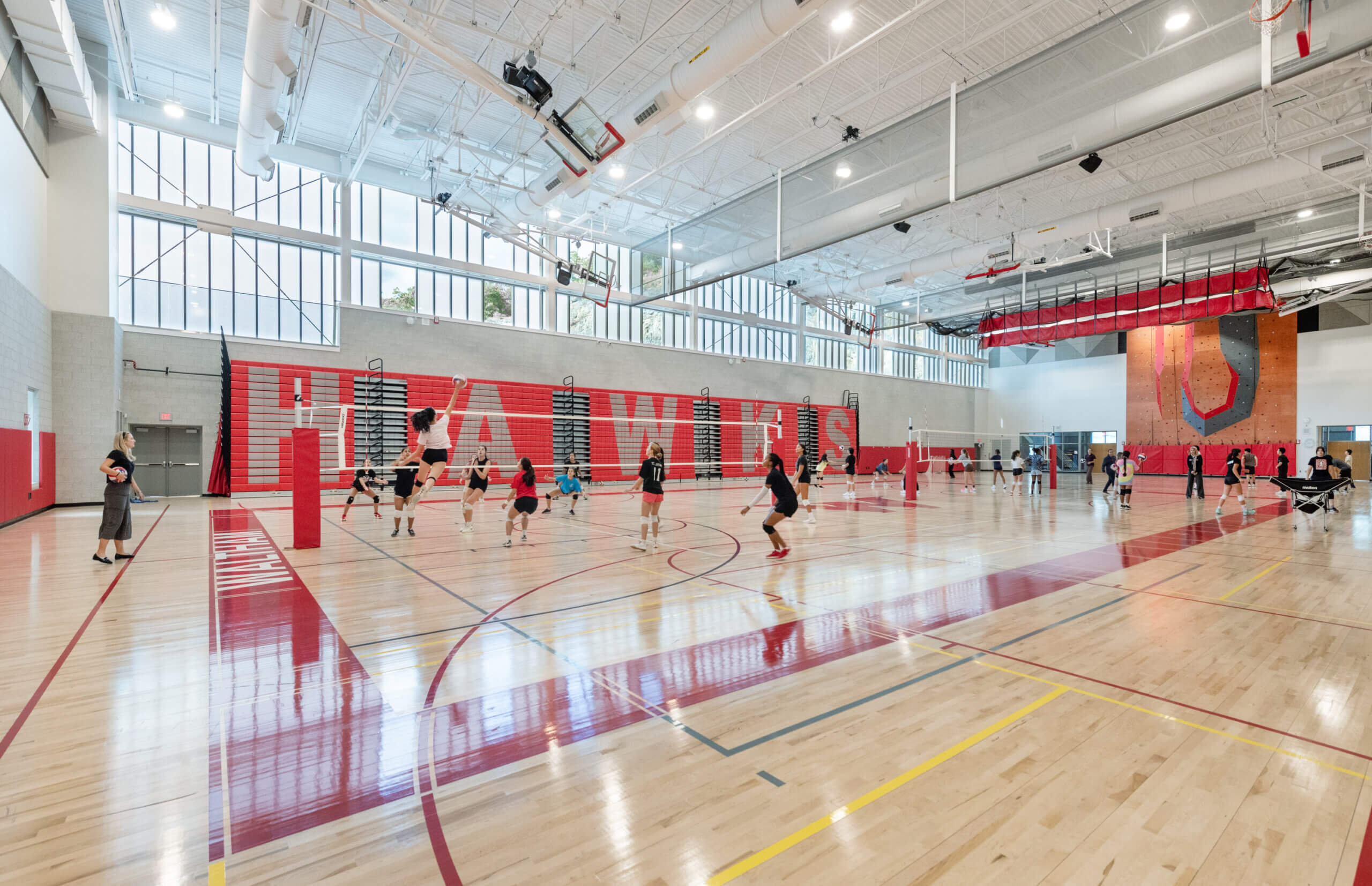
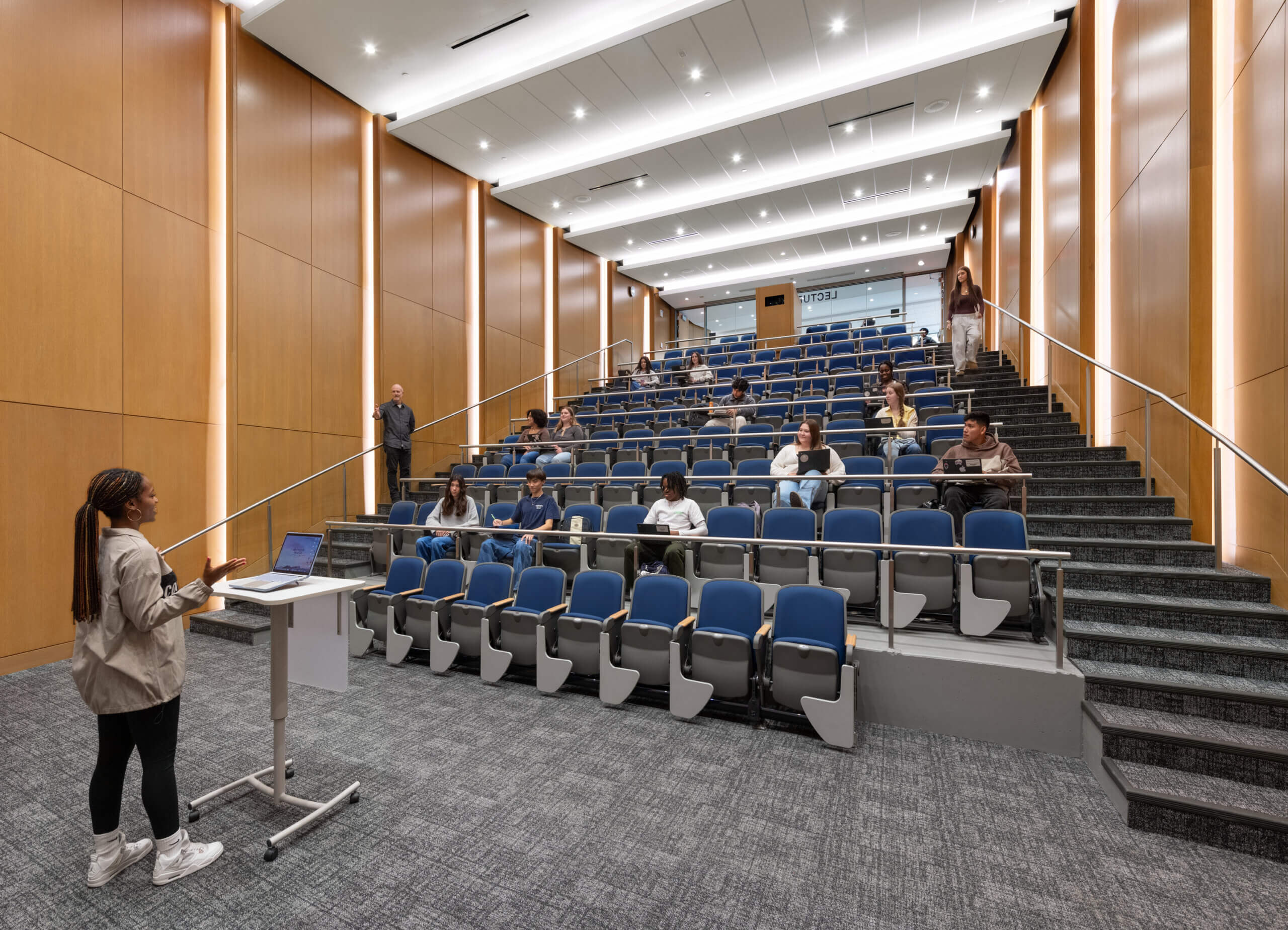
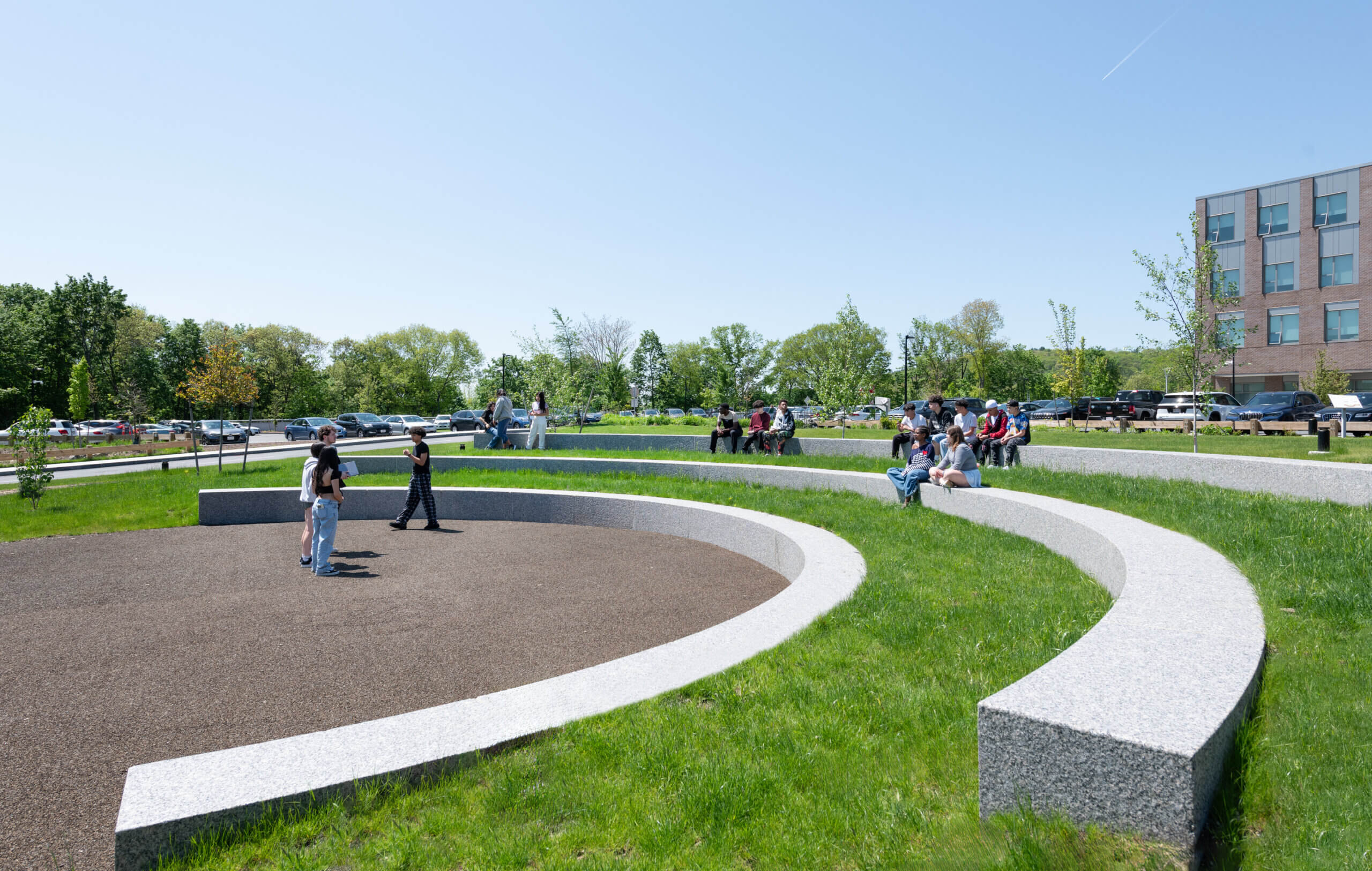
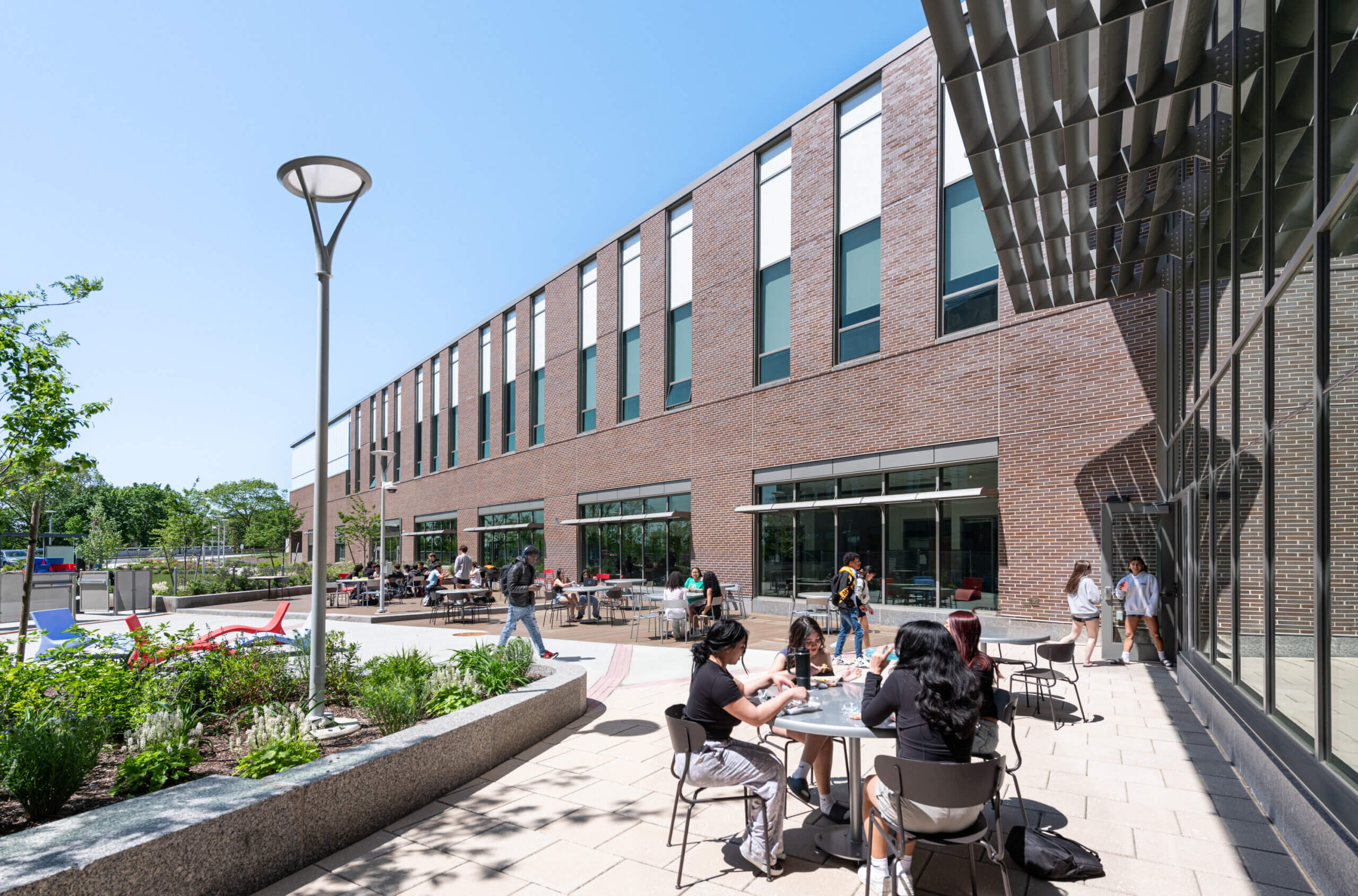
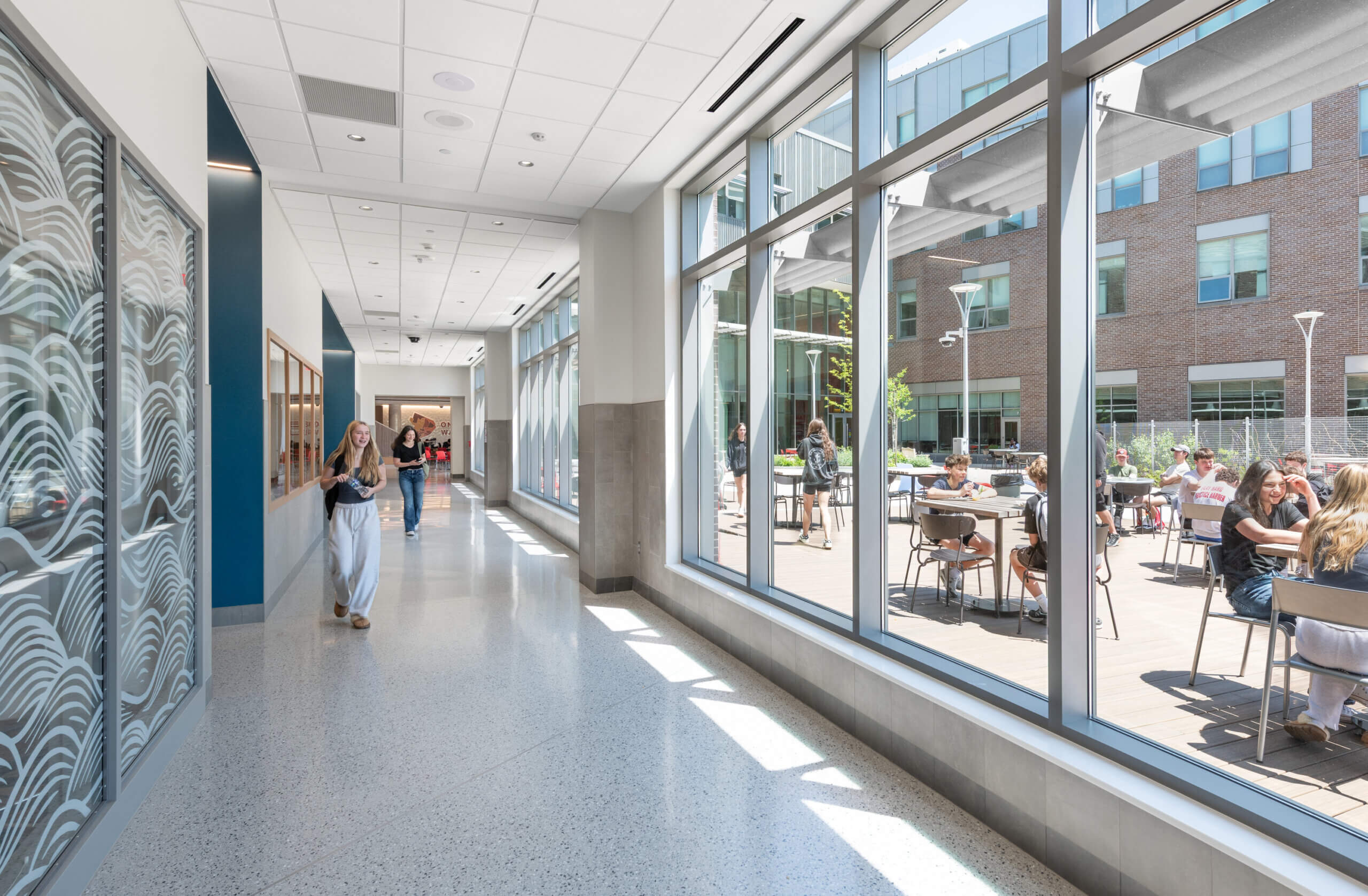
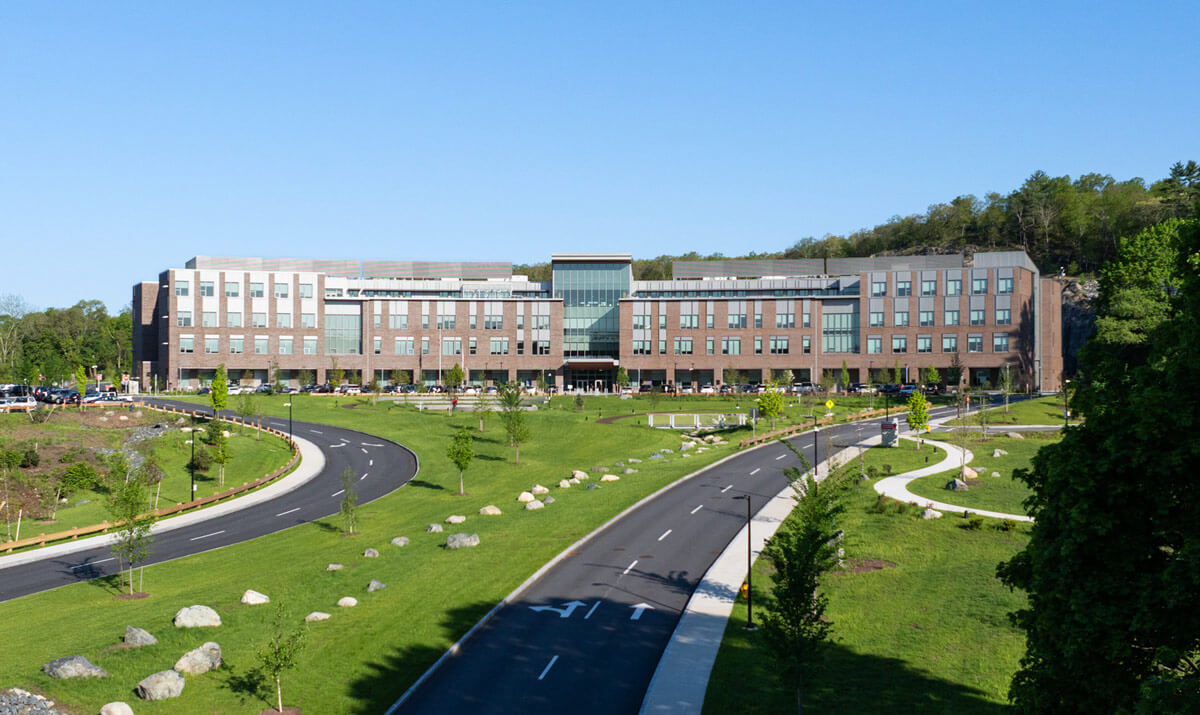
The new Waltham High School prioritizes density and conservation over sprawl.
By adding an extra floor to the typical three levels found in most high schools, the design team was able to preserve a great deal of green space for future use.
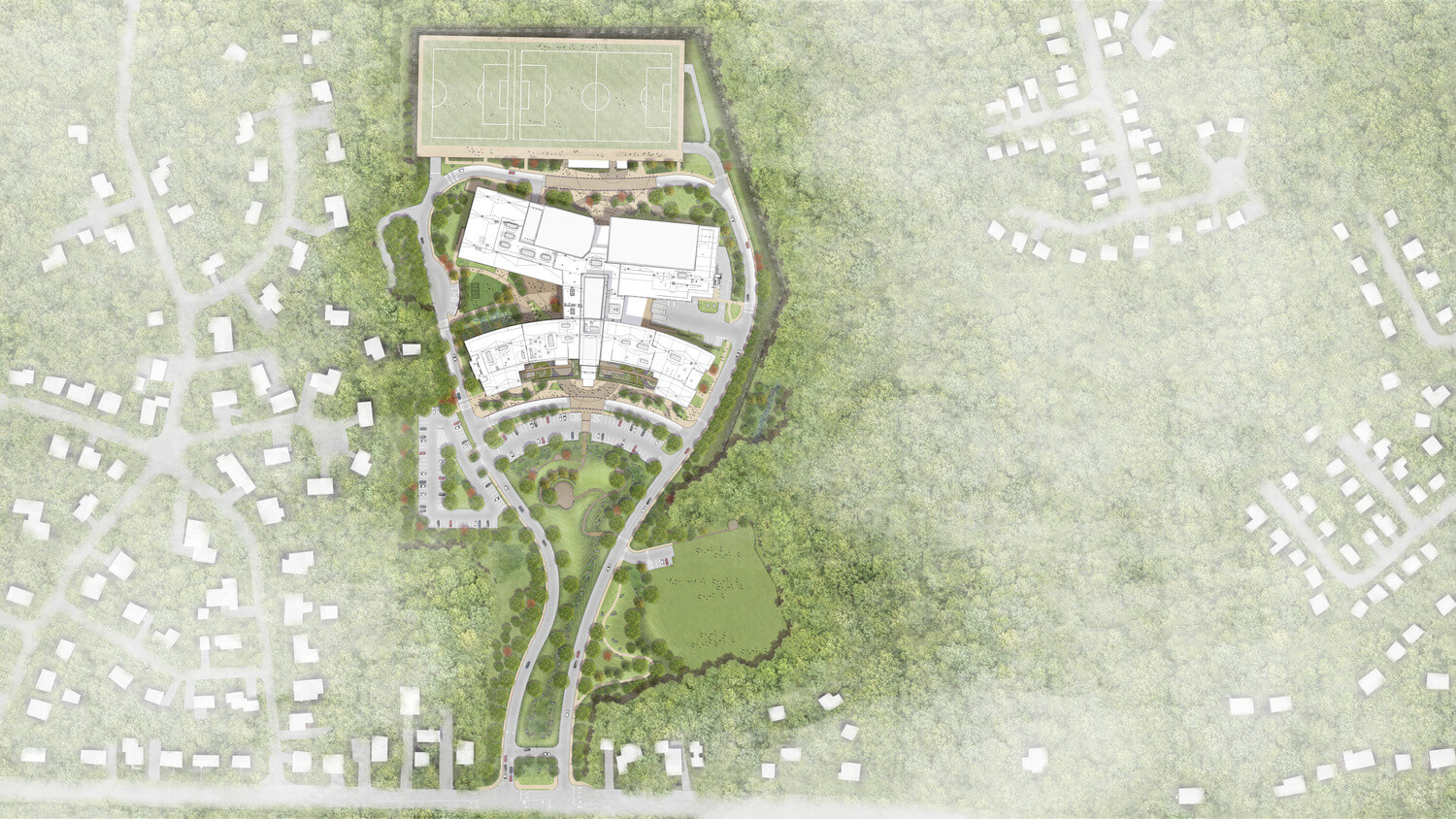
The Waltham community made clear its desire to leave much of the site untouched and available for future use. After spirited discussions among local stakeholders, a solution was reached: design a tightly planned four-level school building and stack the playing fields on top of parking.
The site plan preserves a section of forest, sparing it from the clearing and blasting required by an earlier plan that located the playing fields near the school entrance.
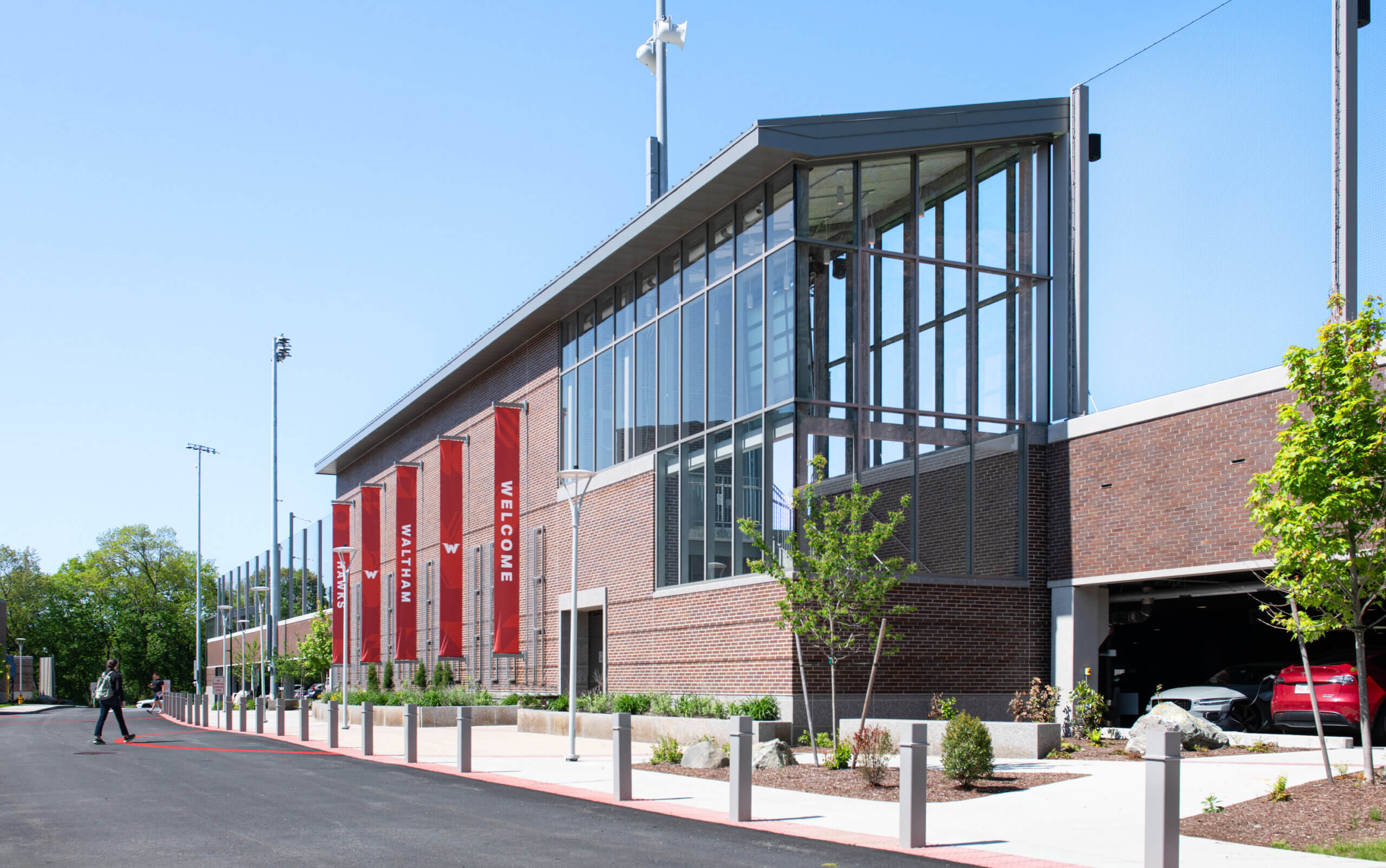
Another challenge was posed by the bank and wetland stream that cuts directly through the site. Working with a consultant, SMMA created a strategy to develop the site while preserving the existing wetlands. The team proposed native plantings to stabilize the bank and quickly establish new resource areas.
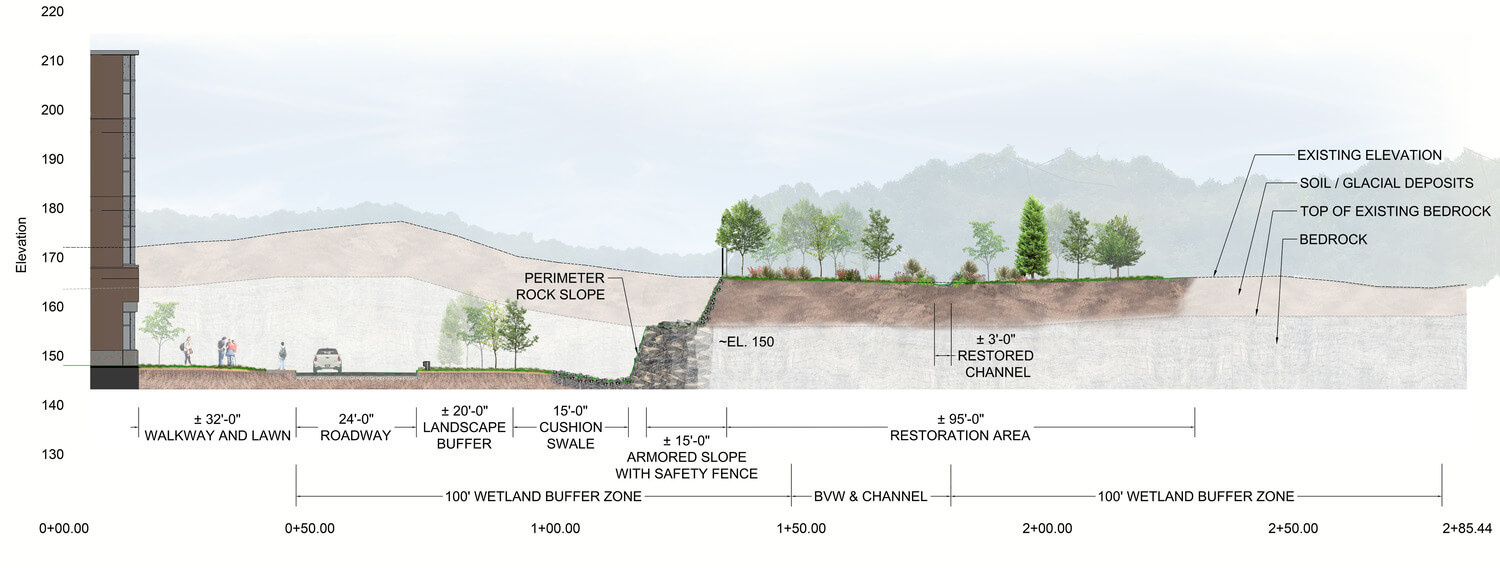
With this density comes flexibility.
Despite the challenges of a tight footprint, the school’s layout ensures a sense of unity and flow across its multi-level structure. At the heart of the school, community spaces abound:
- On the first floor, a welcome and orientation space offers easy access to the second-floor auditorium and gym.
- At the very center of the school, a multi-purpose dining commons hosts lectures, classes, and informal gatherings.
- On the third floor, a double-height media center integrates a maker space, café, and study rooms, as well as traditional stacks and reading areas.
- On the fourth floor, the “Waltham Room” serves as a flexible space with city views and access to a large roof terrace (below).
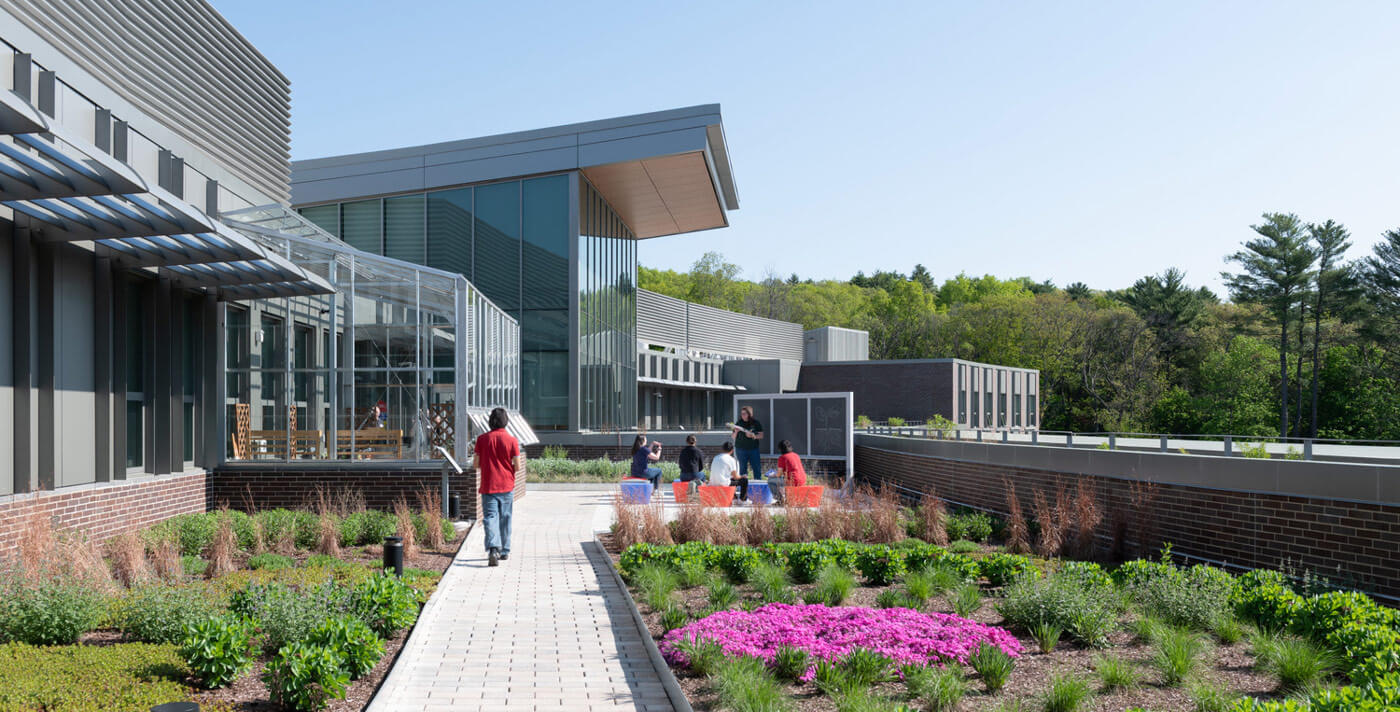
On the fourth floor, the “Waltham Room” serves as a flexible space with city views and access to a large roof terrace.
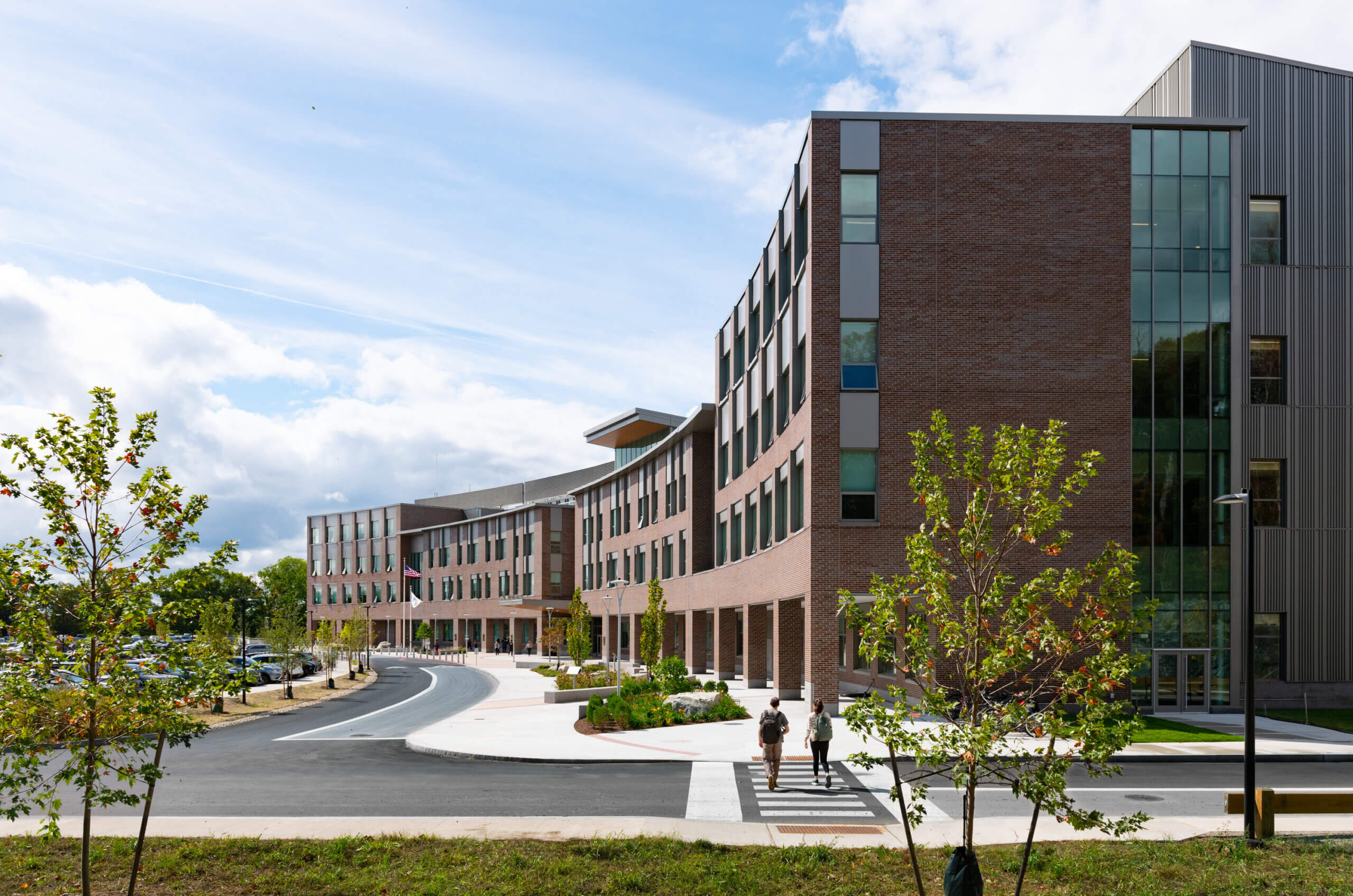
The design embraces Waltham’s proud heritage in industry and craft.
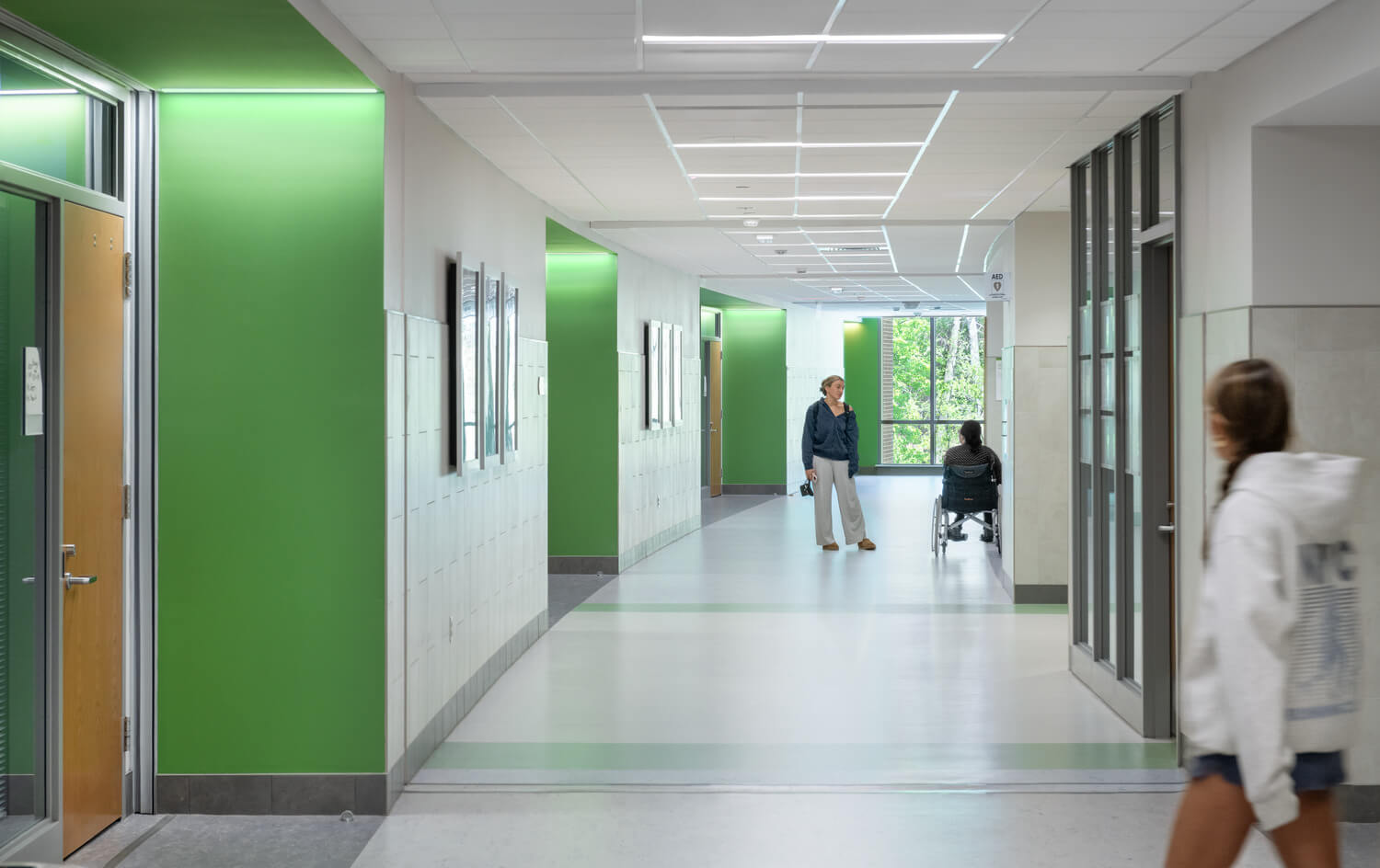
Historic factories and canals have defined the city’s landscape for 200 years. The new school infuses this architectural legacy with modern design principles. Inspired by the 19th century brick facades of nearby industrial buildings, the school boasts a high-performance envelope with triple glazing for much-improved thermal performance.
Watch City
|Globally renowned for its watchmaking and textile manufacturing, Waltham’s location on the Middlesex Canal placed its entrepreneurs at the forefront of the American Industrial Revolution.
The design of Waltham High School celebrates this tradition. The school’s brick façade with regular openings pays homage to the historic mill buildings that once defined the city’s industrial landscape.

The design also includes elements of the Arts and Crafts movement, seen in buildings like the nearby Stonehurst house, designed by H.H. Richardson. Like Stonehurst, the simple use of natural materials connects the school to a sense of nature.

Other features, such as the fish-scale patterns found in the auditorium’s zinc cladding and tilework, reference the slate roofs of Victorian homes that surround the site.
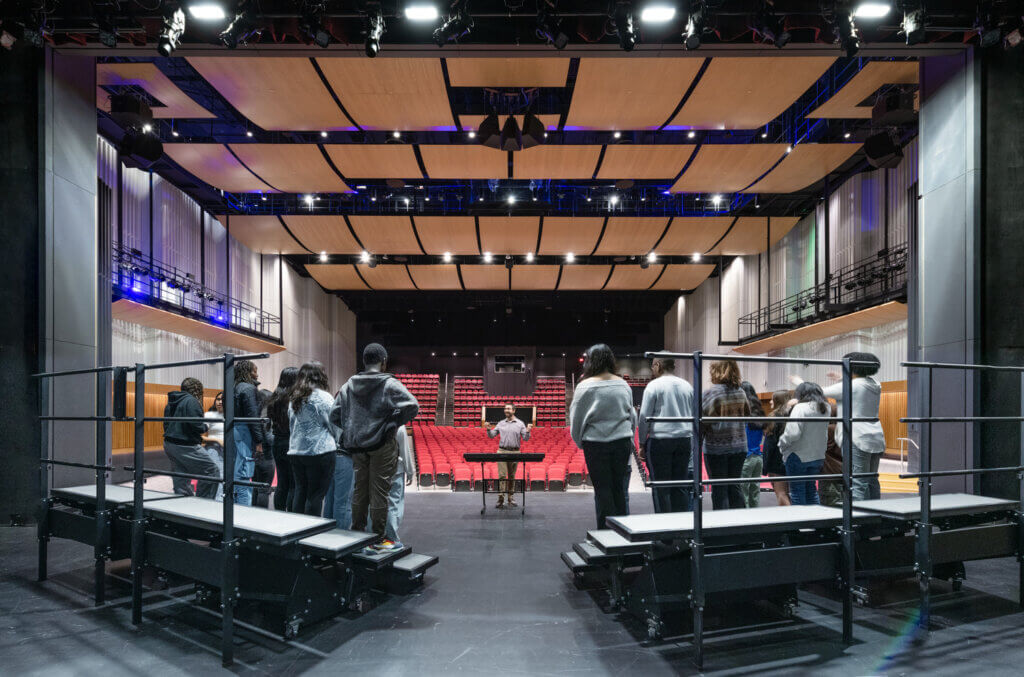
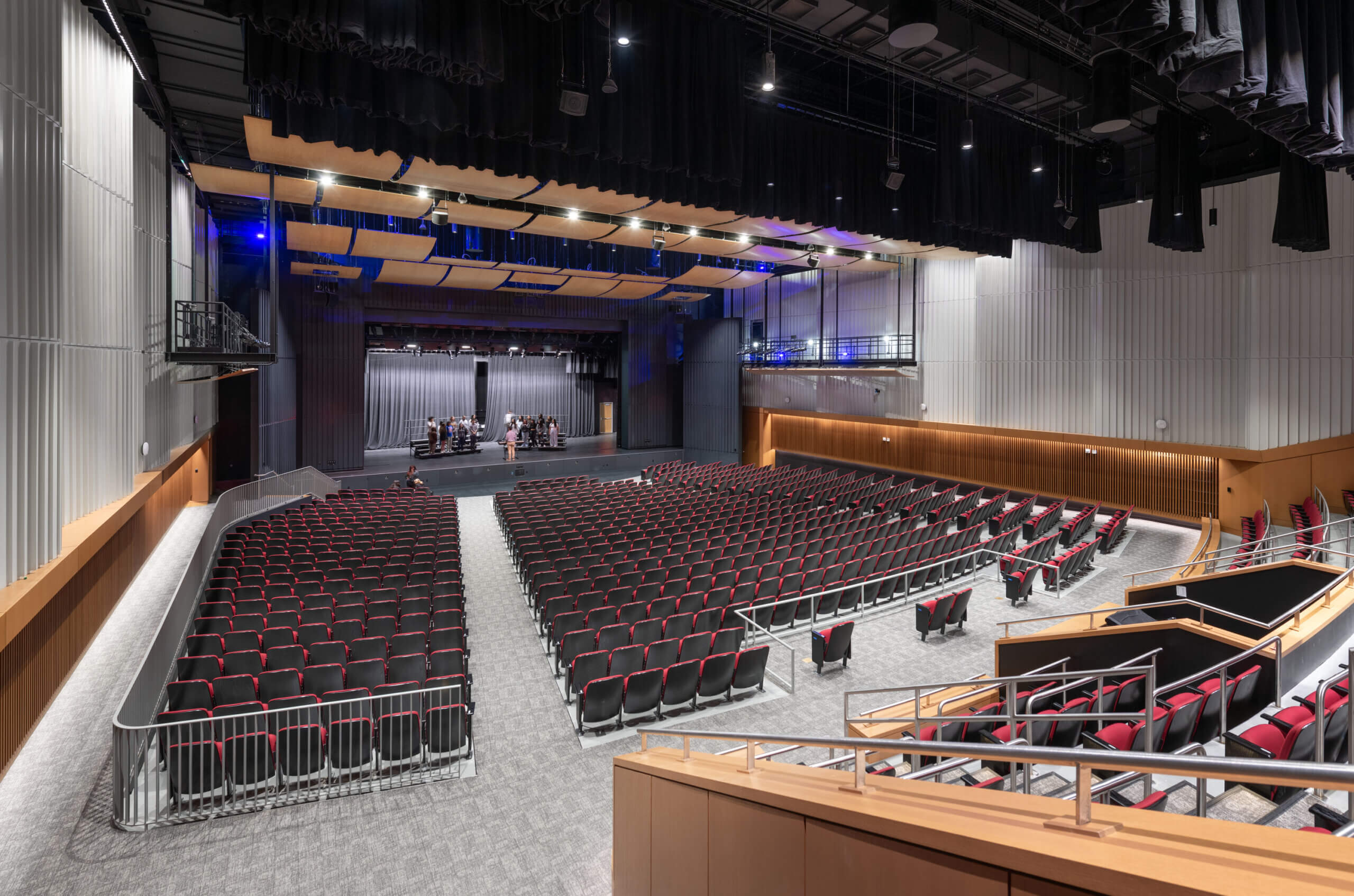
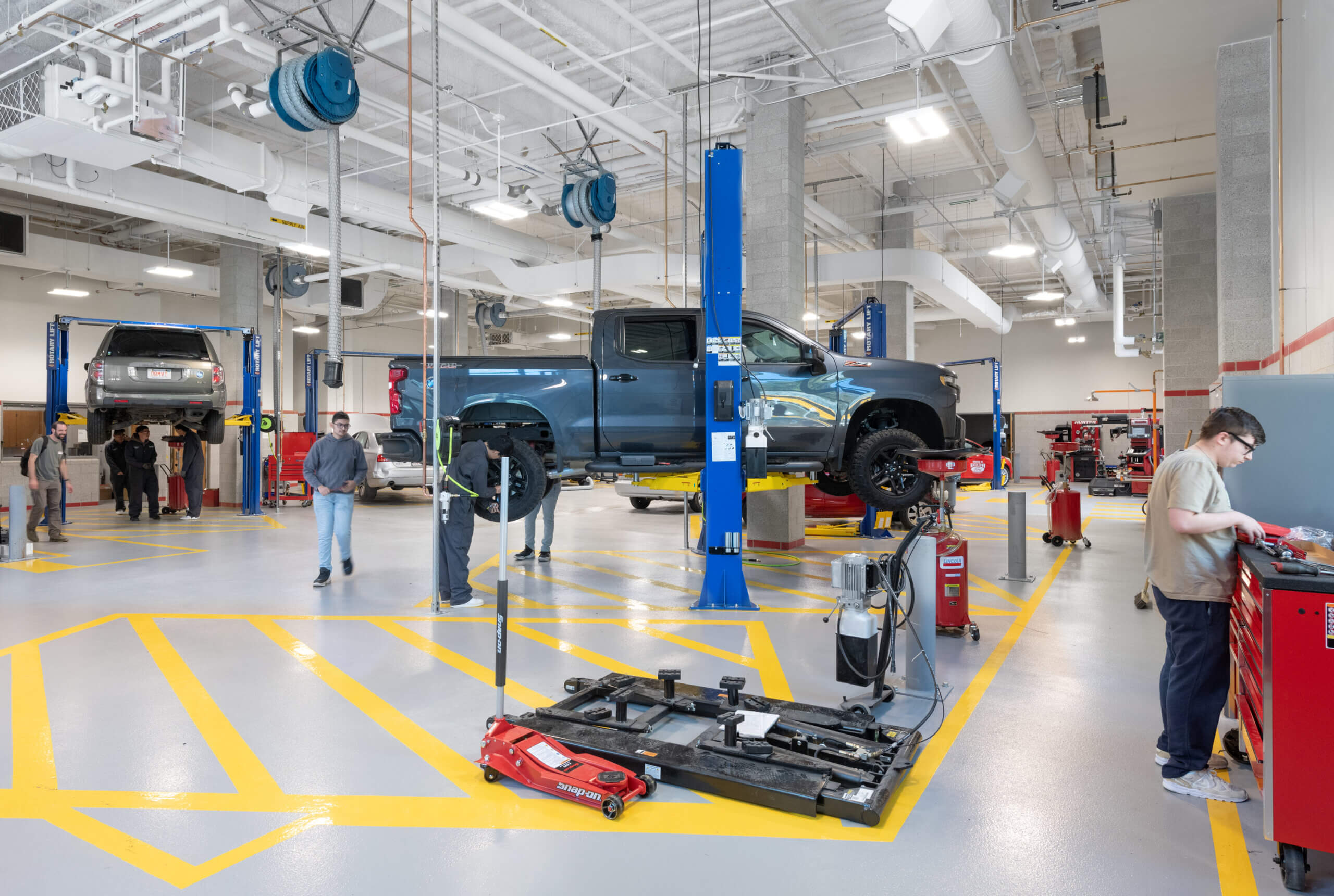
Larger CTE programs define the rear half of the school building.
Waltham’s rich history of craftsmanship comes full circle in the school’s hands-on, vocational learning programs where 14 new CTE spaces are set to inspire the next generation of makers and innovators. These dedicated spaces allow for both theory and practical application, with lab spaces designed for “making” and other forms of authentic learning. Auto technology and collision repair, carpentry, electrical work, and HVAC nestle into the site’s natural slope.
By creating a “working courtyard”, the design allows for easy vehicle access where the public can drop off their cars for repair. The CTE locations placement also minimizes the visual impact of the larger spaces while still allowing for plenty of natural light through windows and glazed garage doors. In the front half, smaller CTE spaces sit based on specific needs and adjacencies with academic programs.
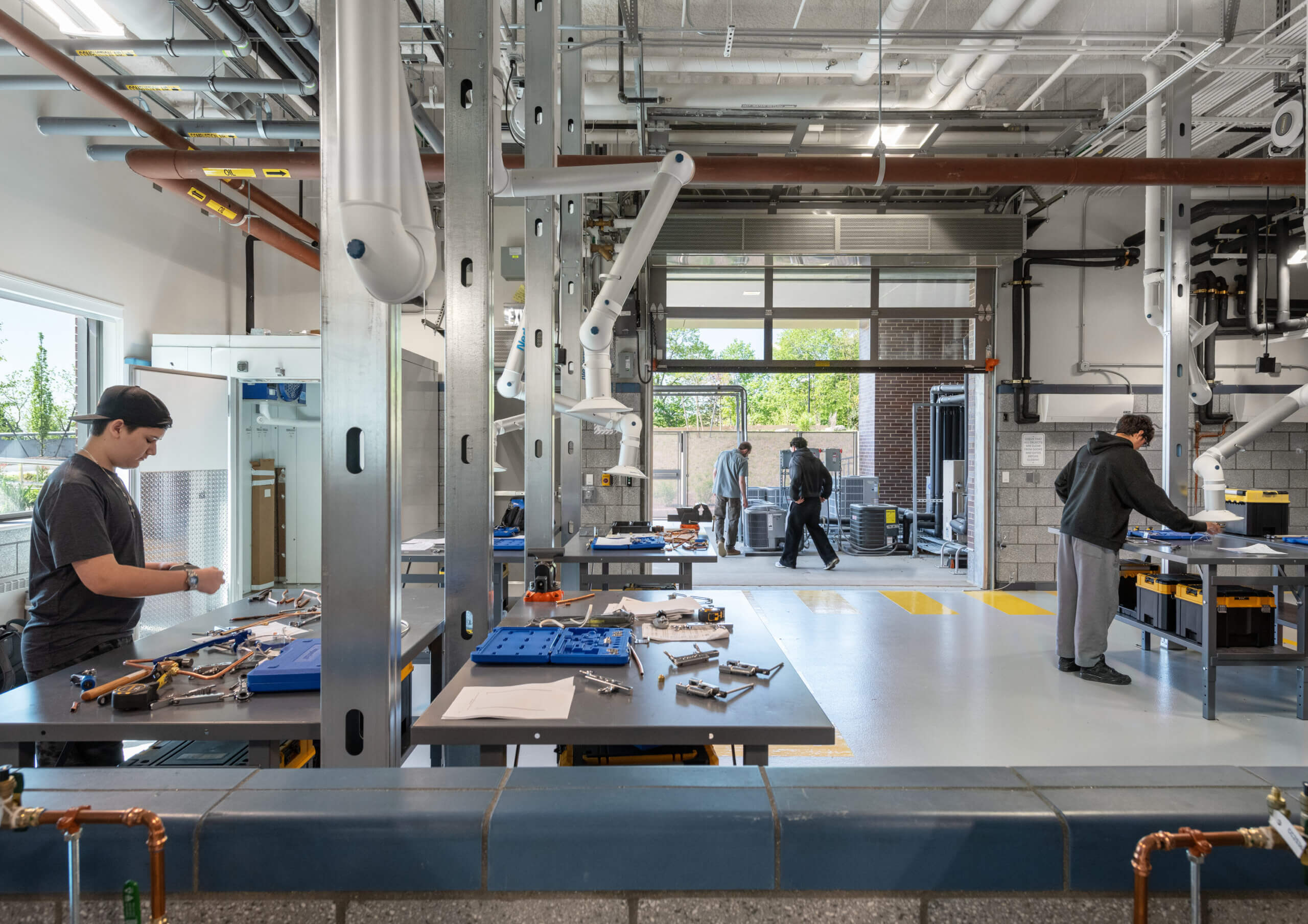
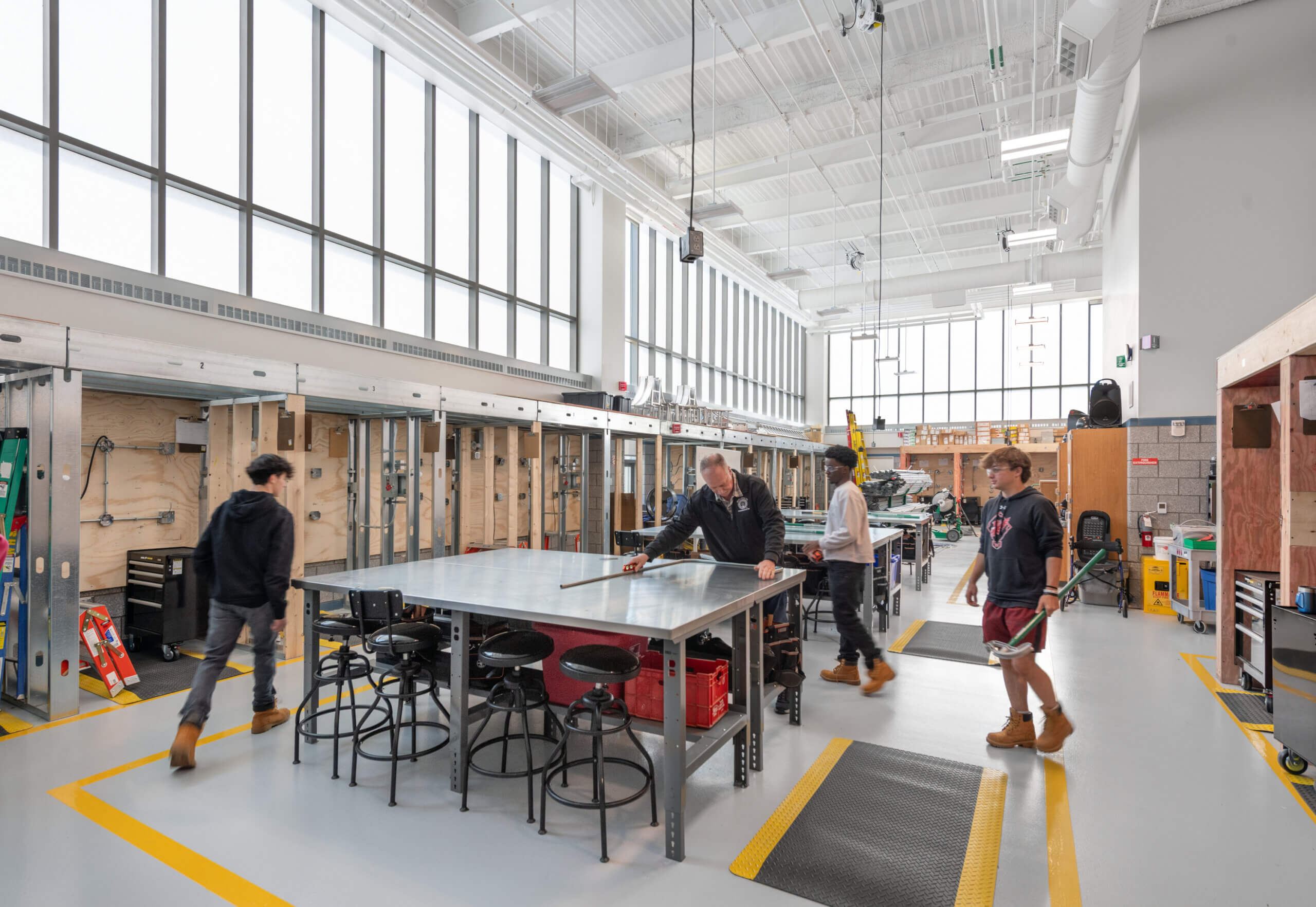
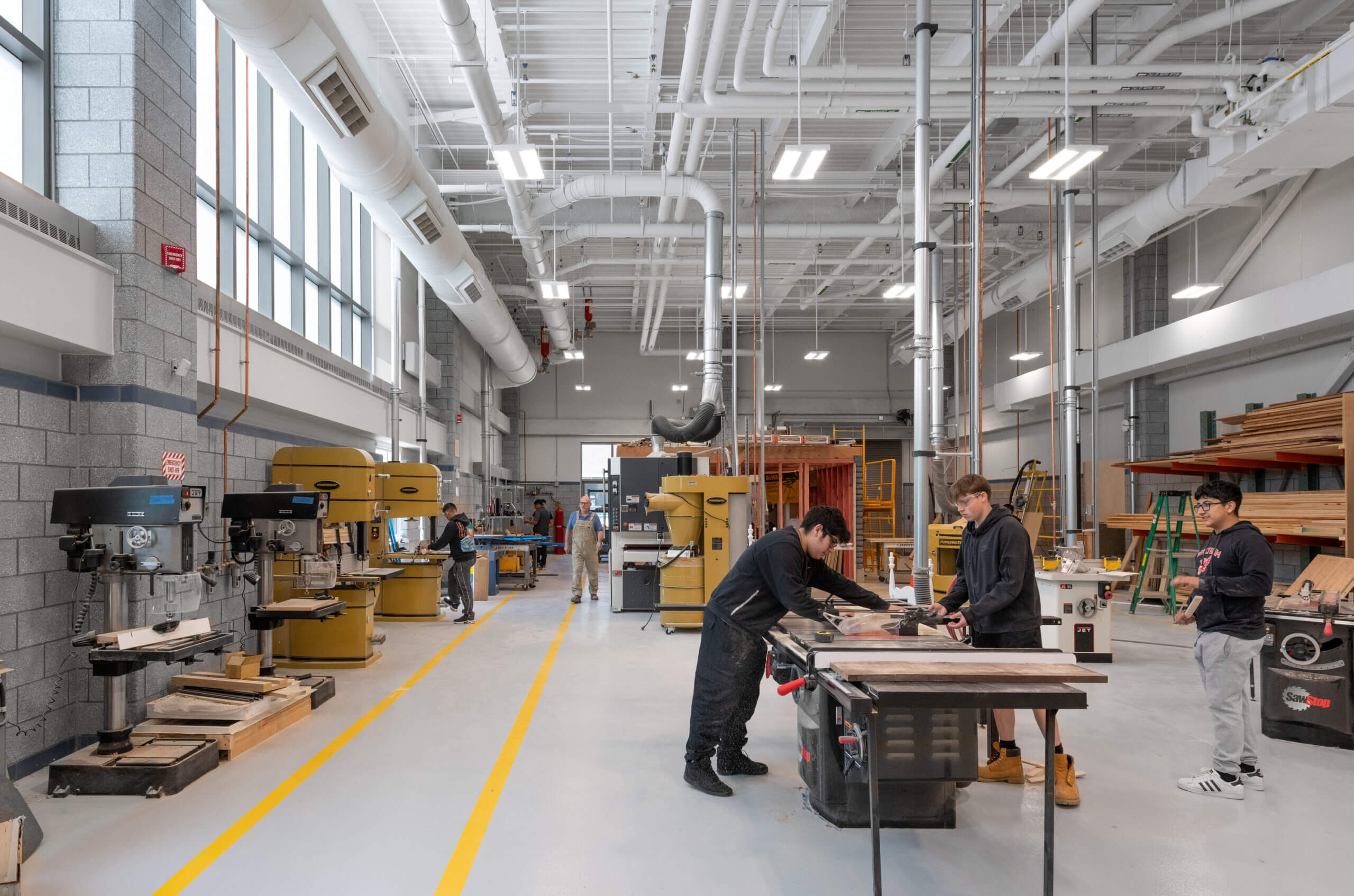
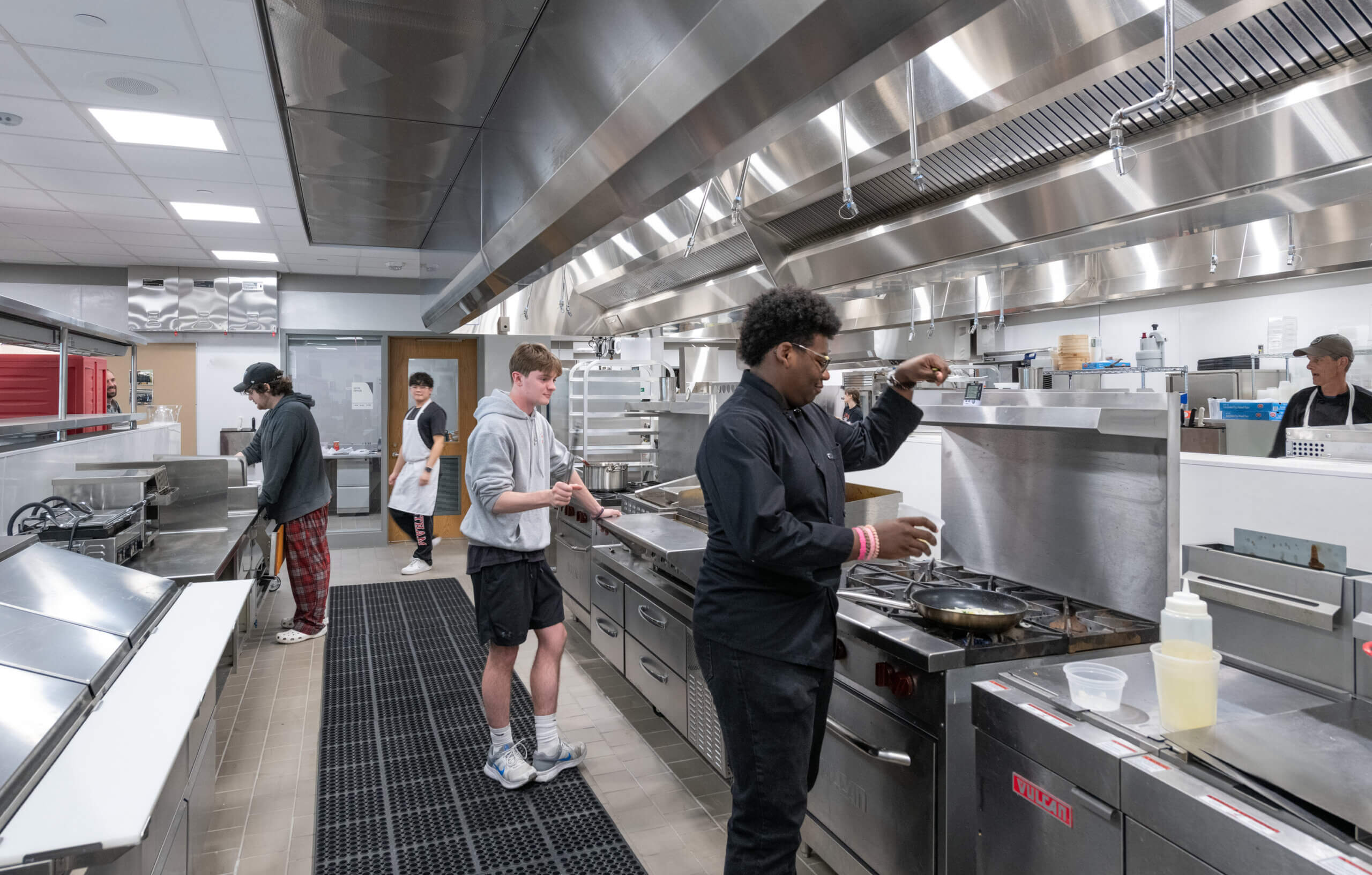
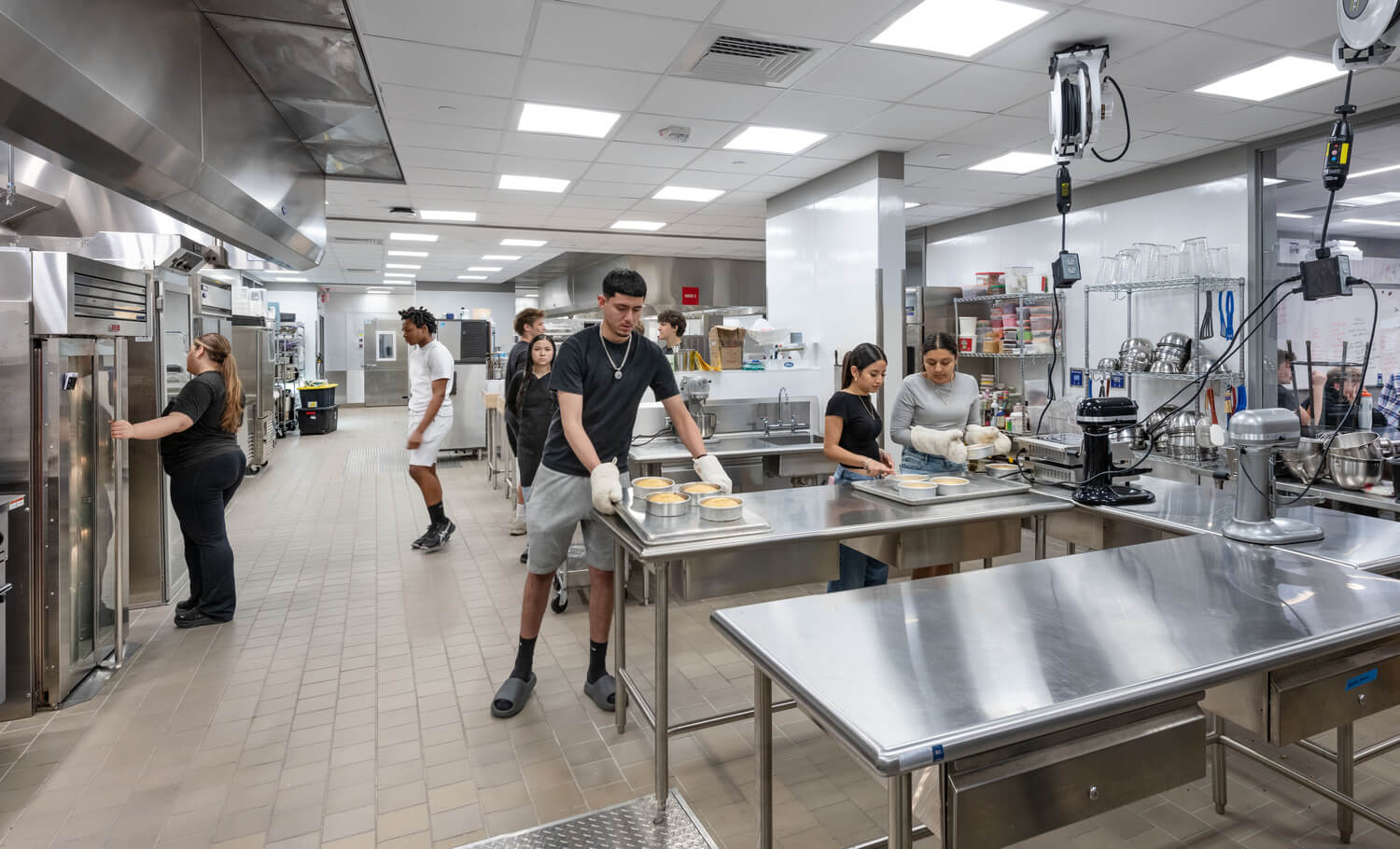
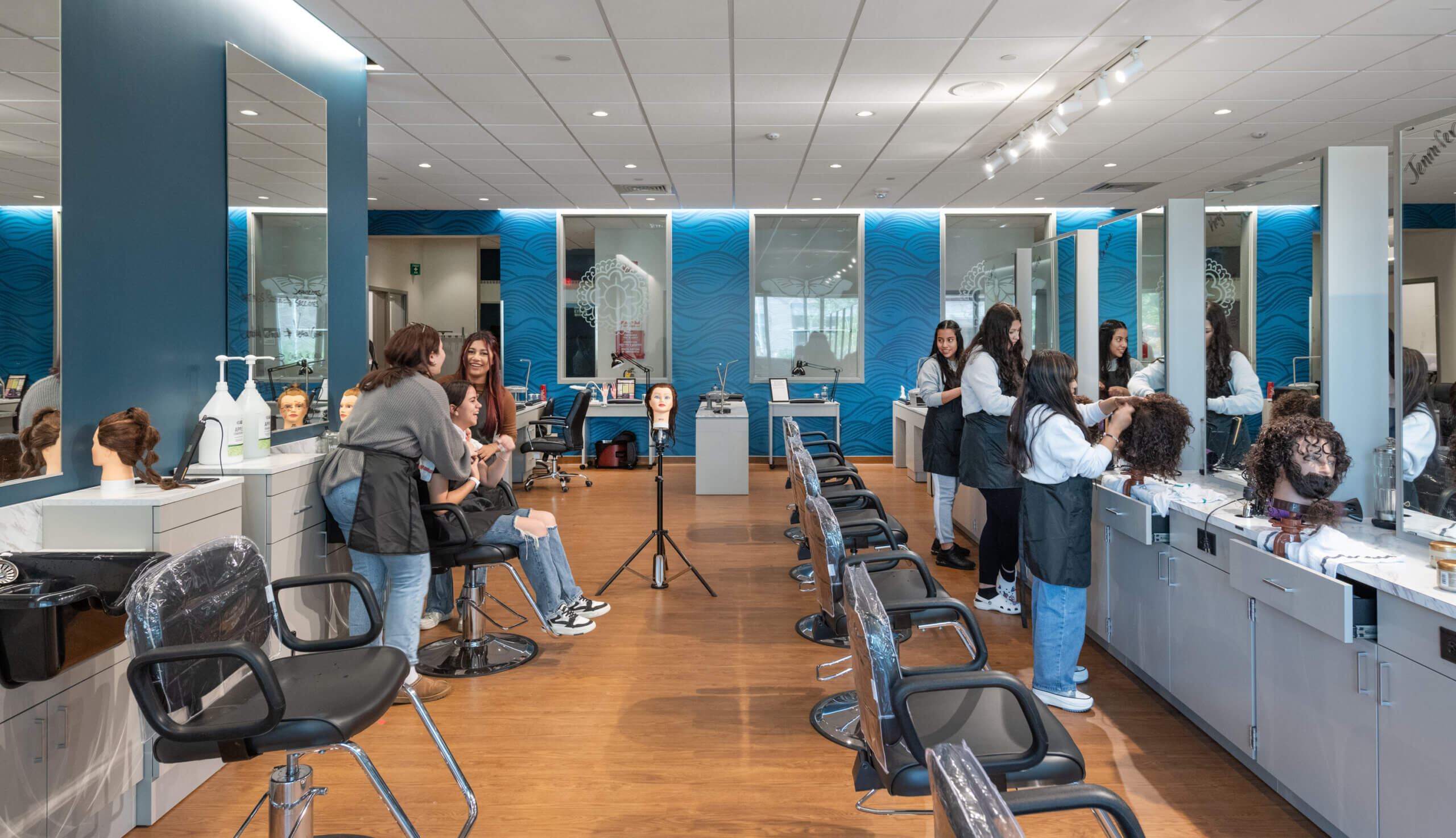
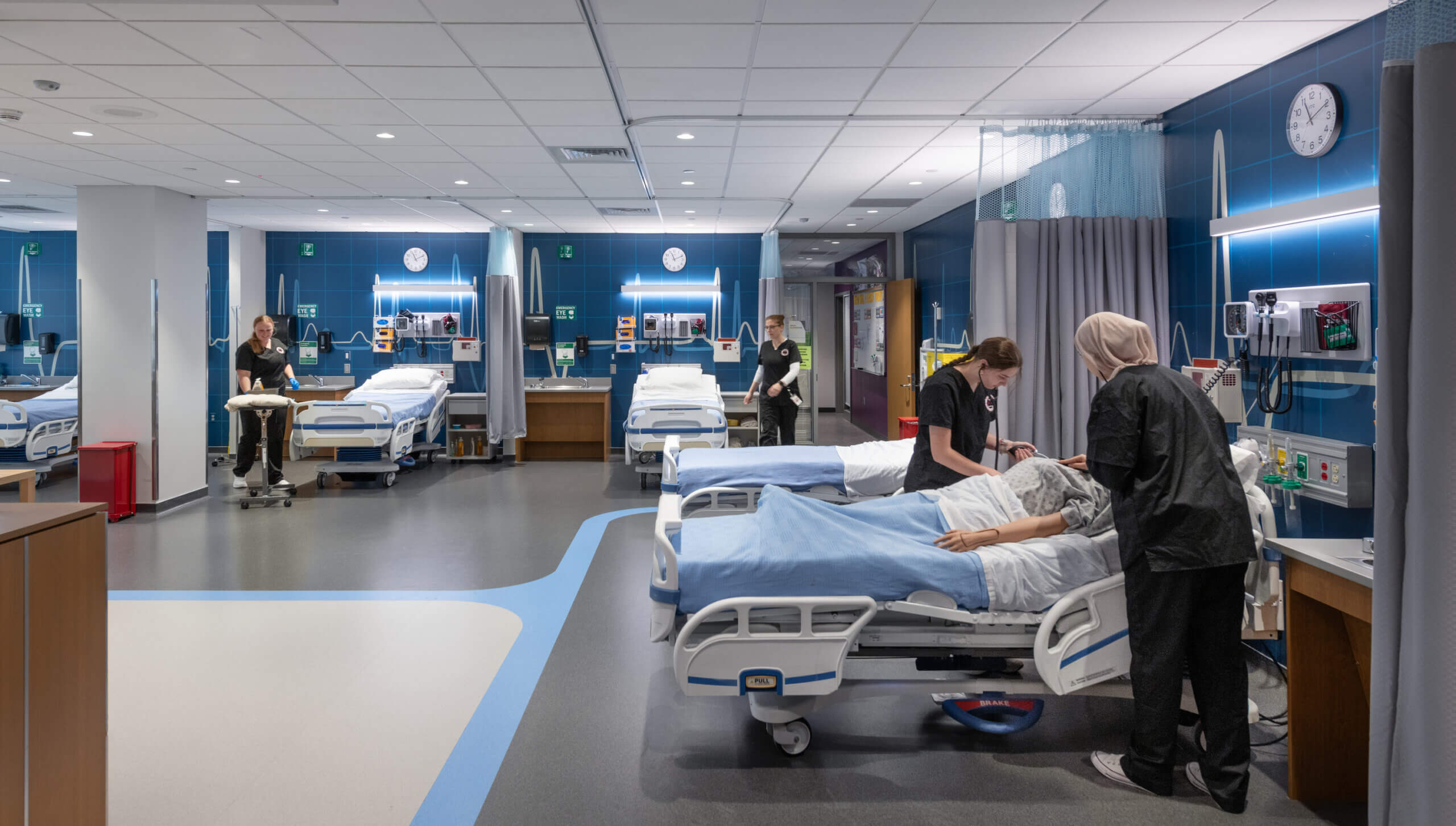
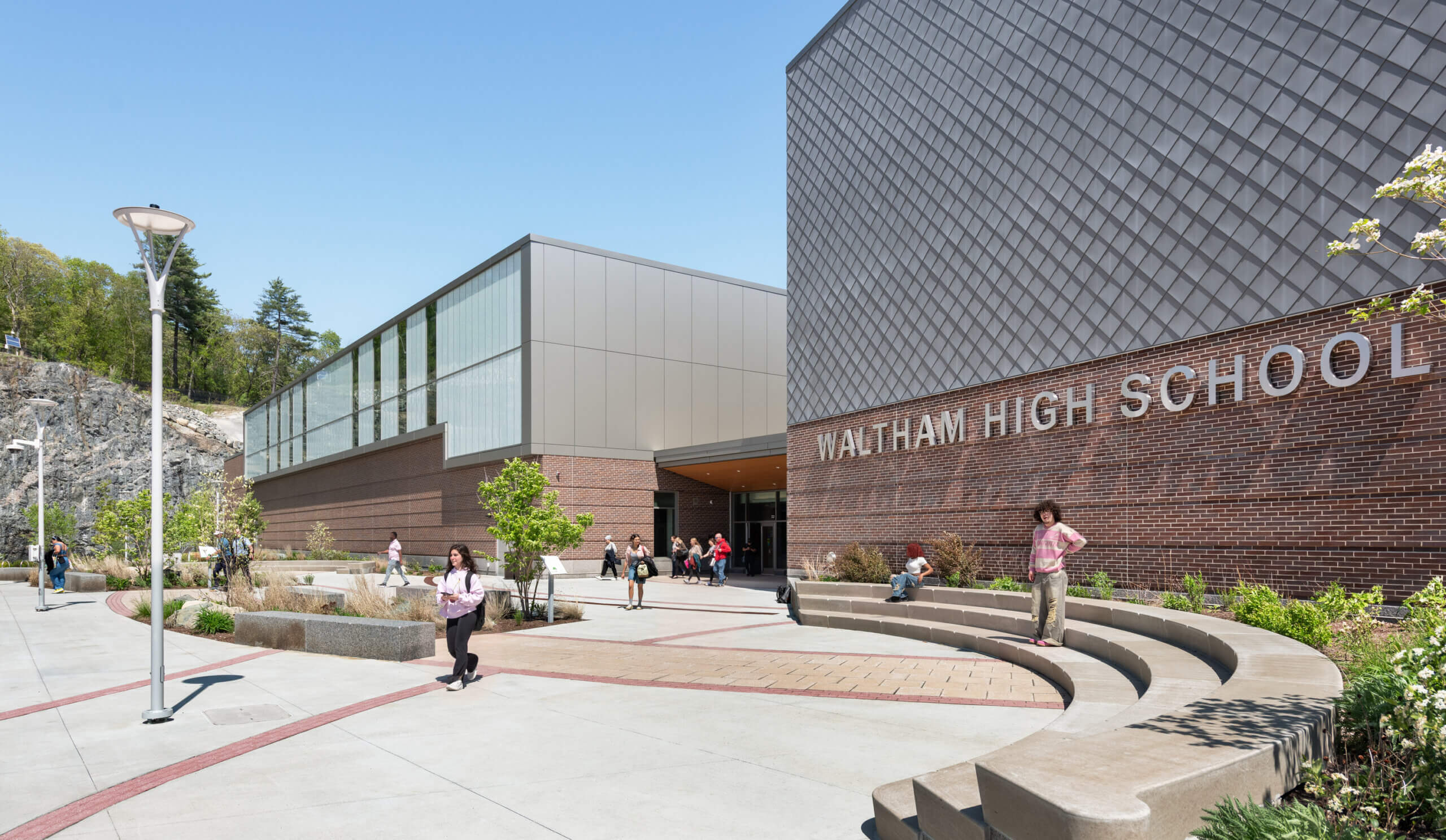
“Thank you to all of you for everything you have done for the children of the City of Waltham. With an education, every child has hope for the future and they are our future.”
Jeannette McCarthy, Mayor of Waltham
